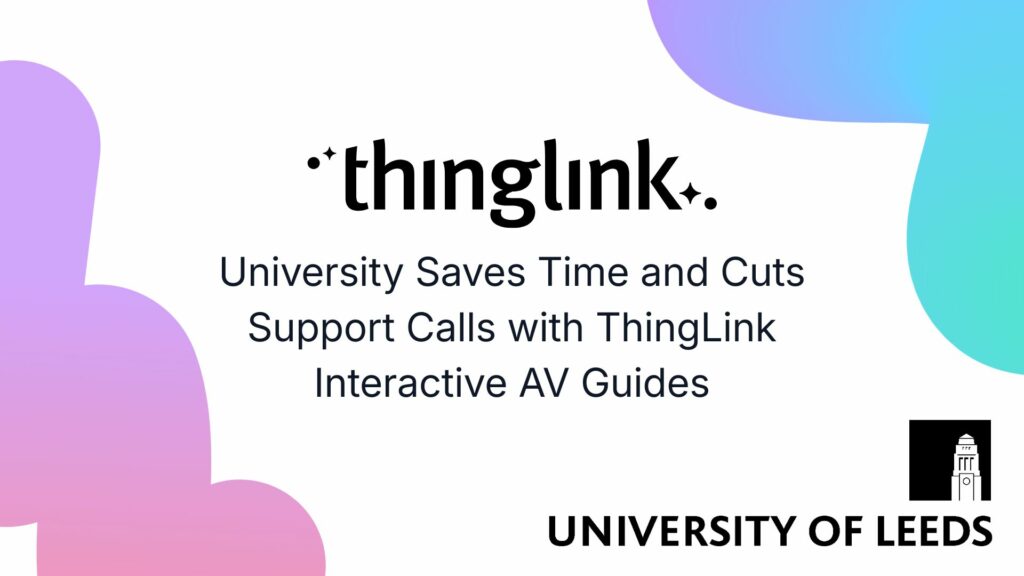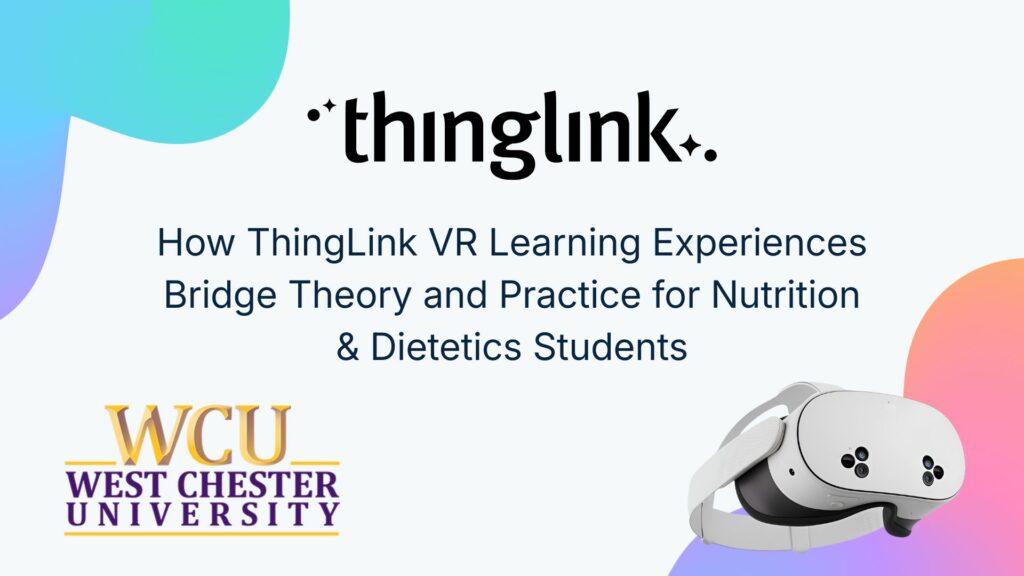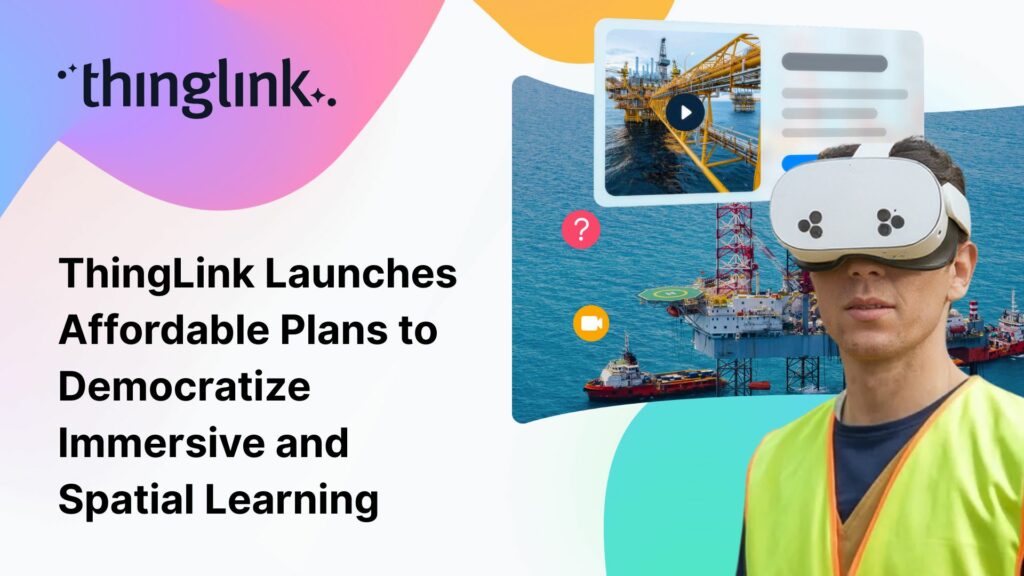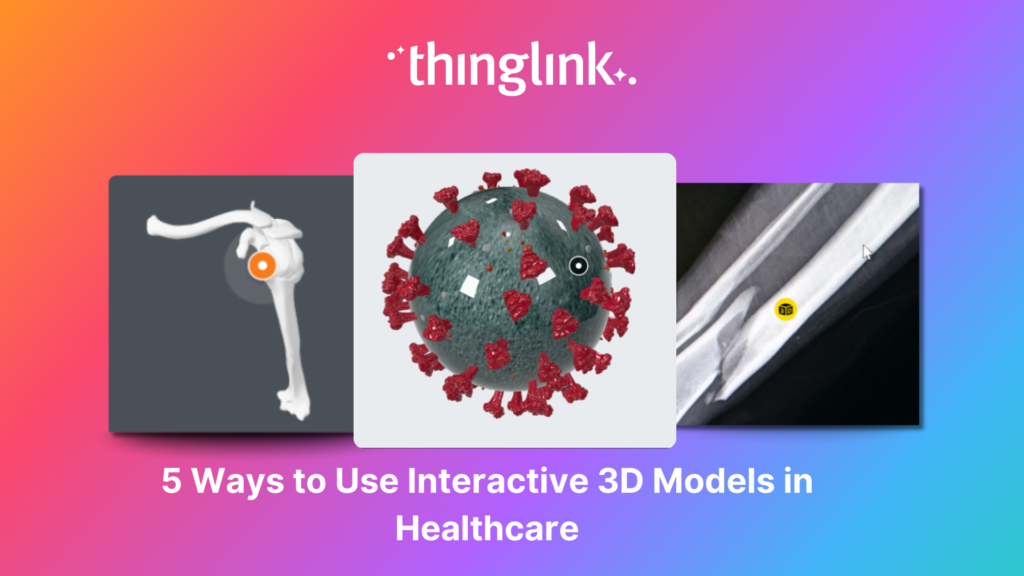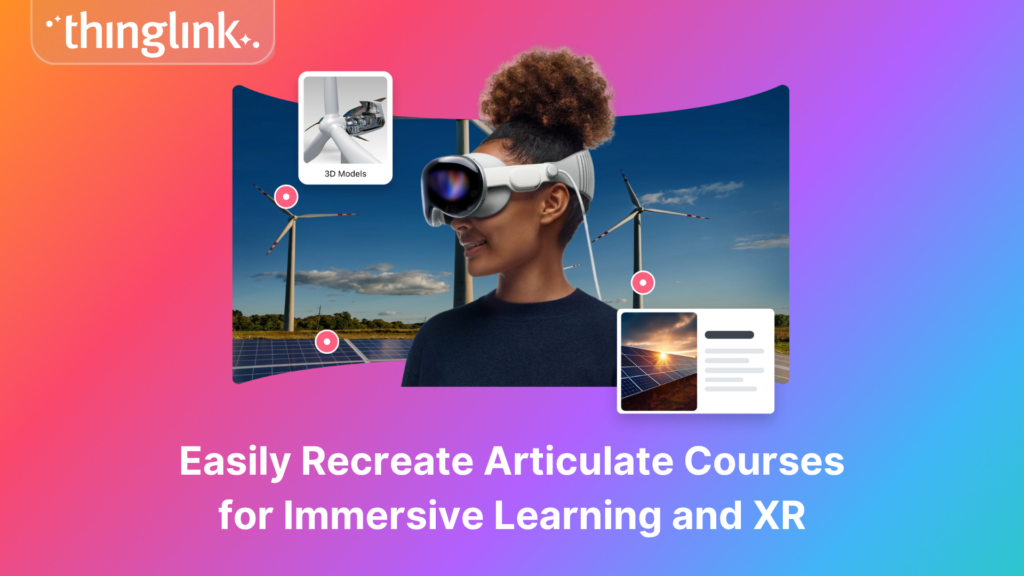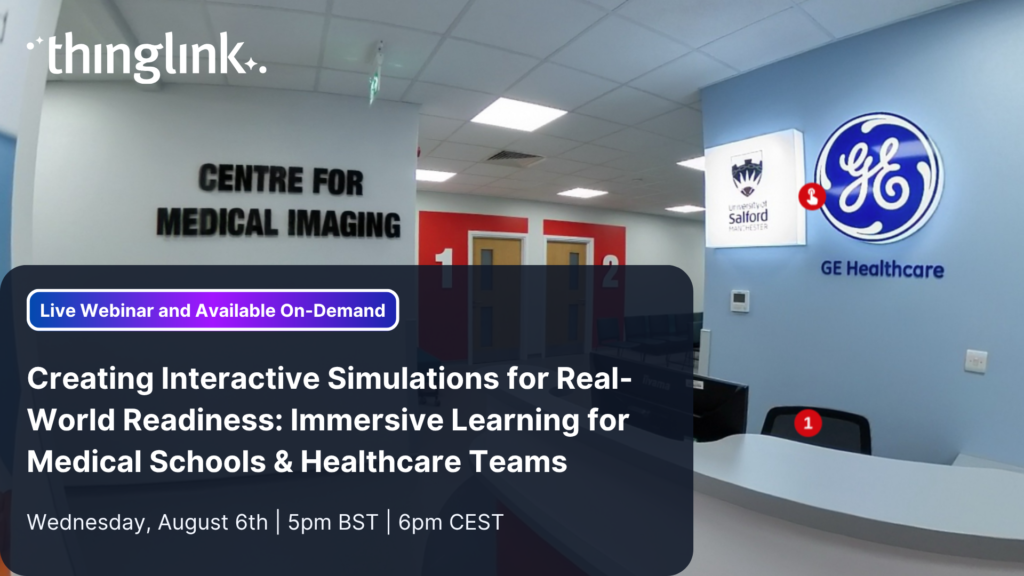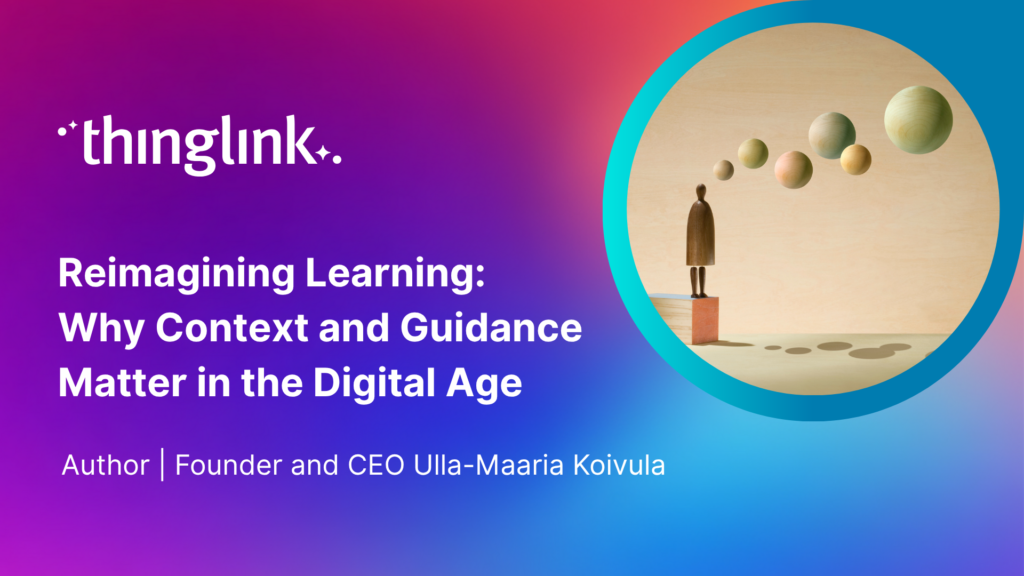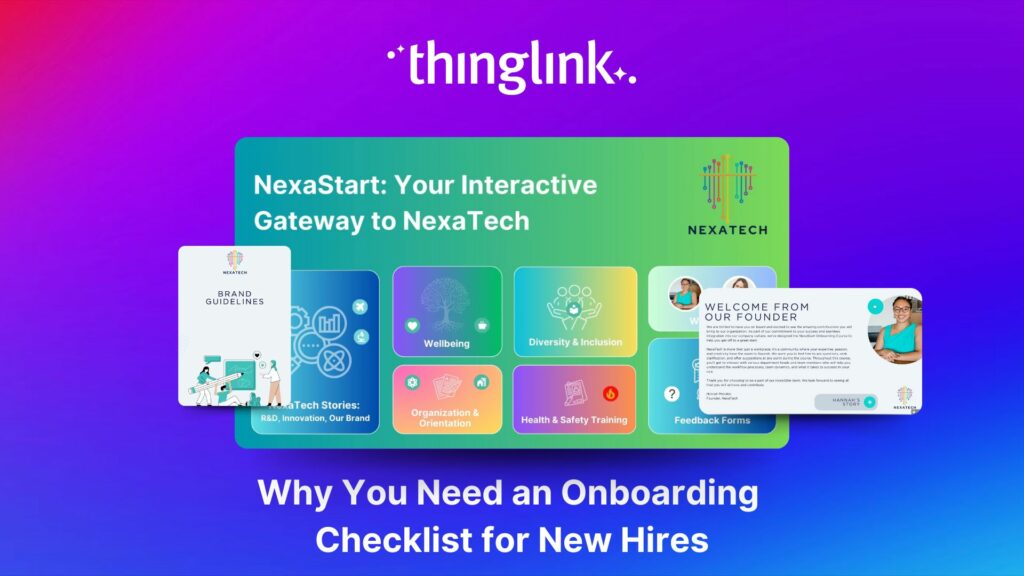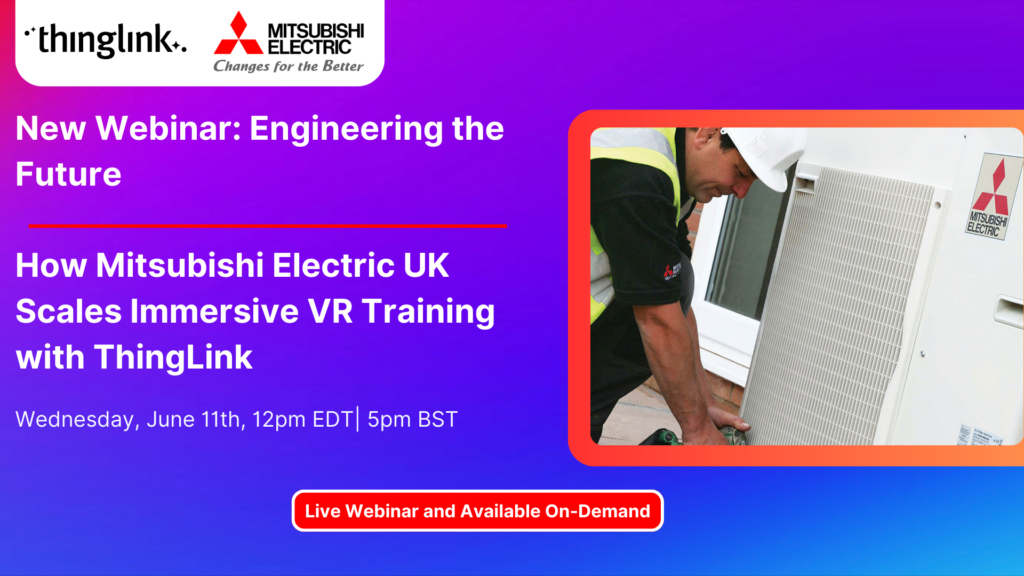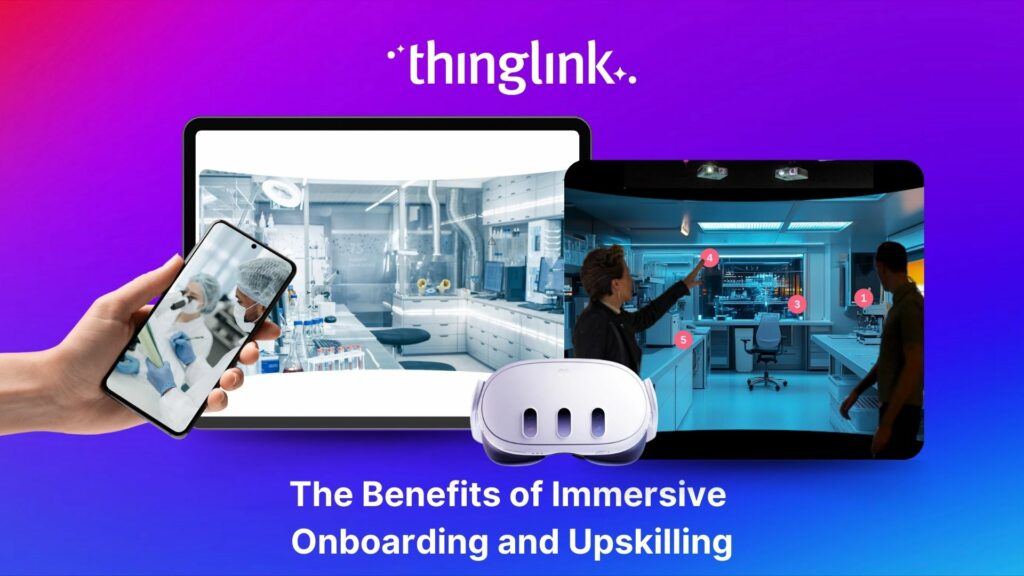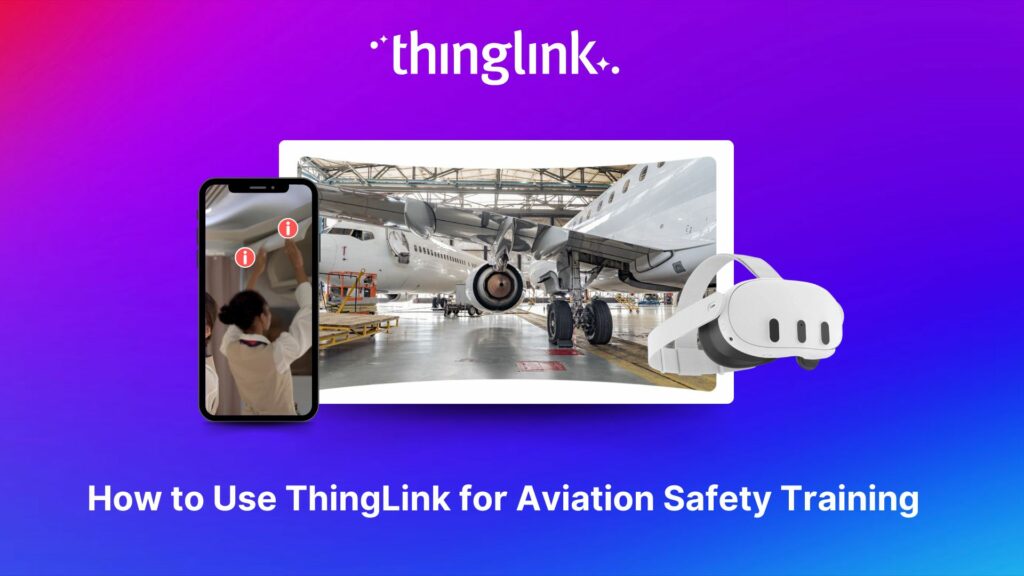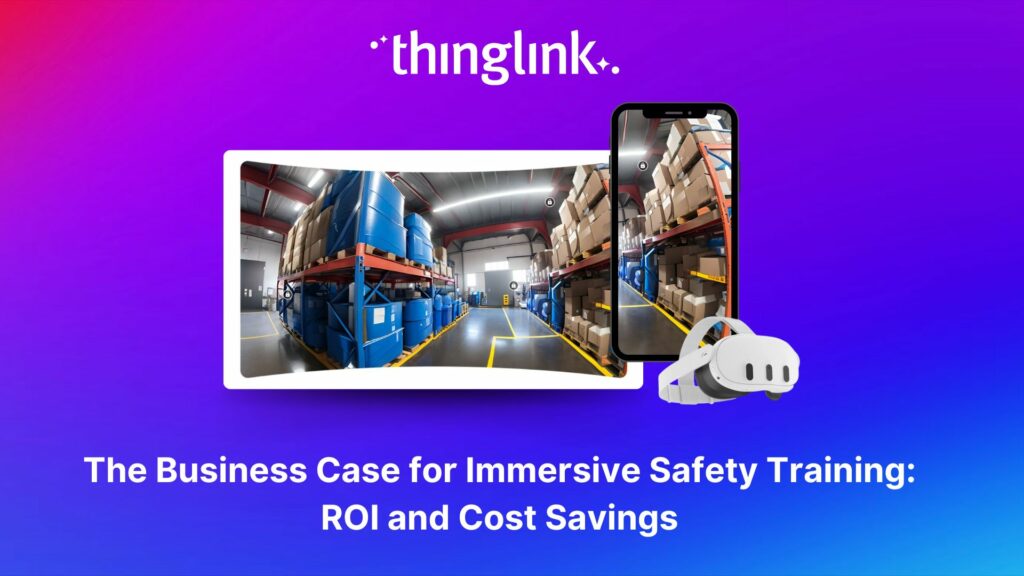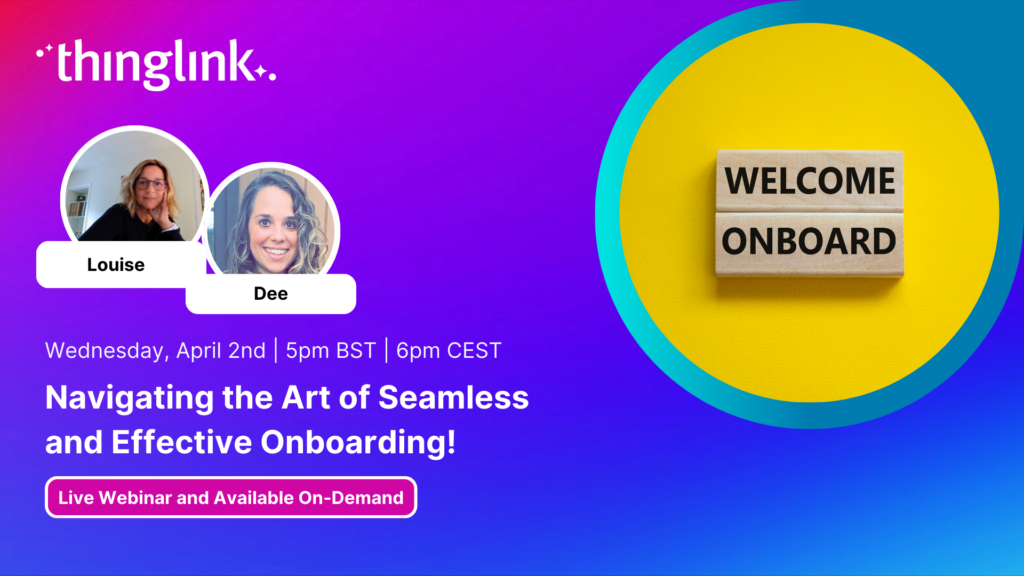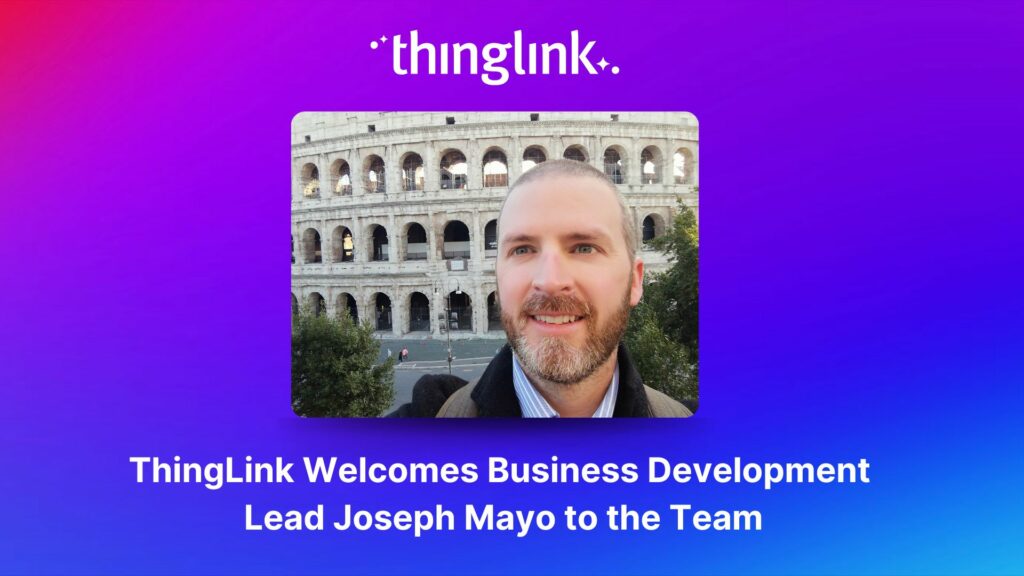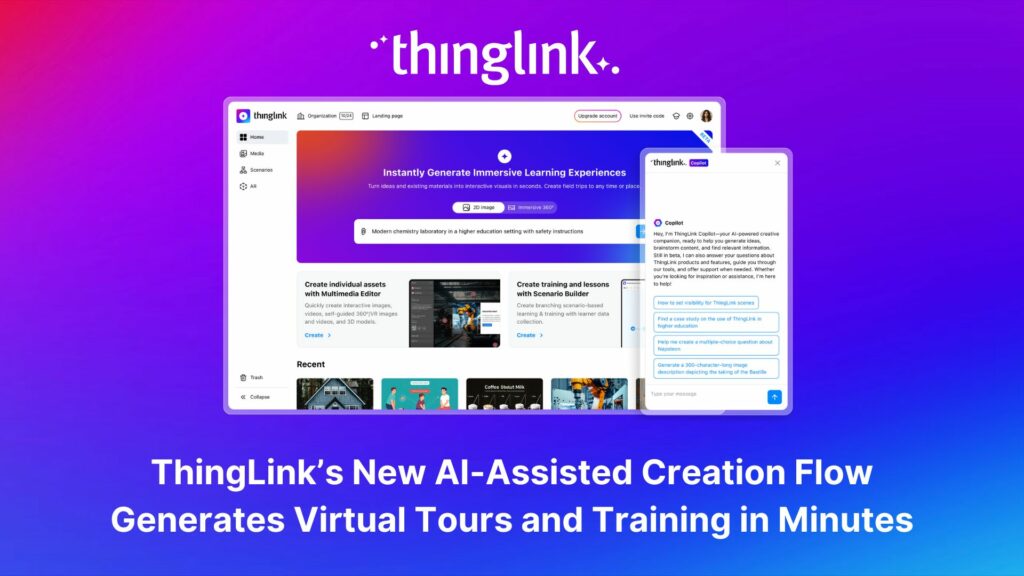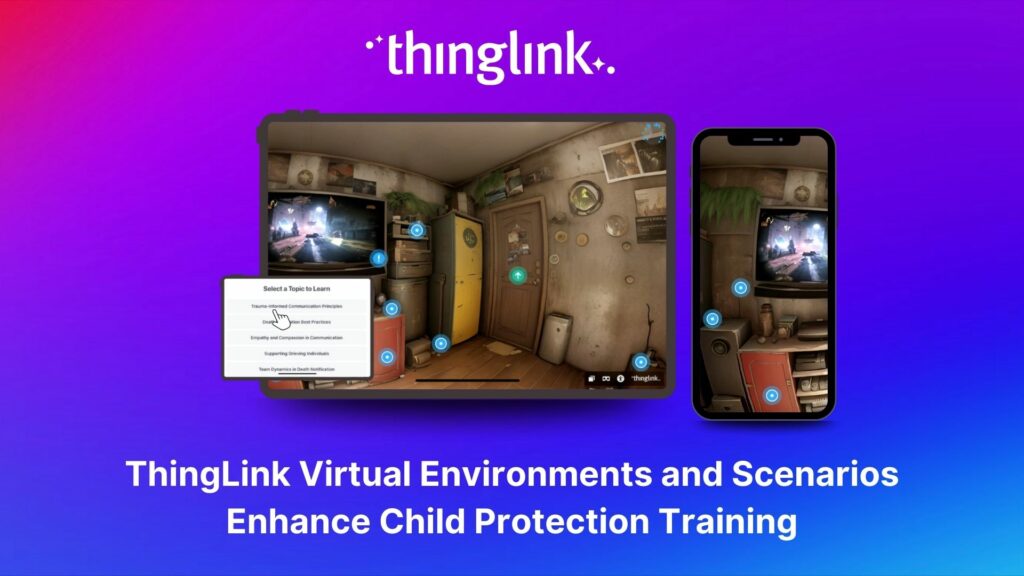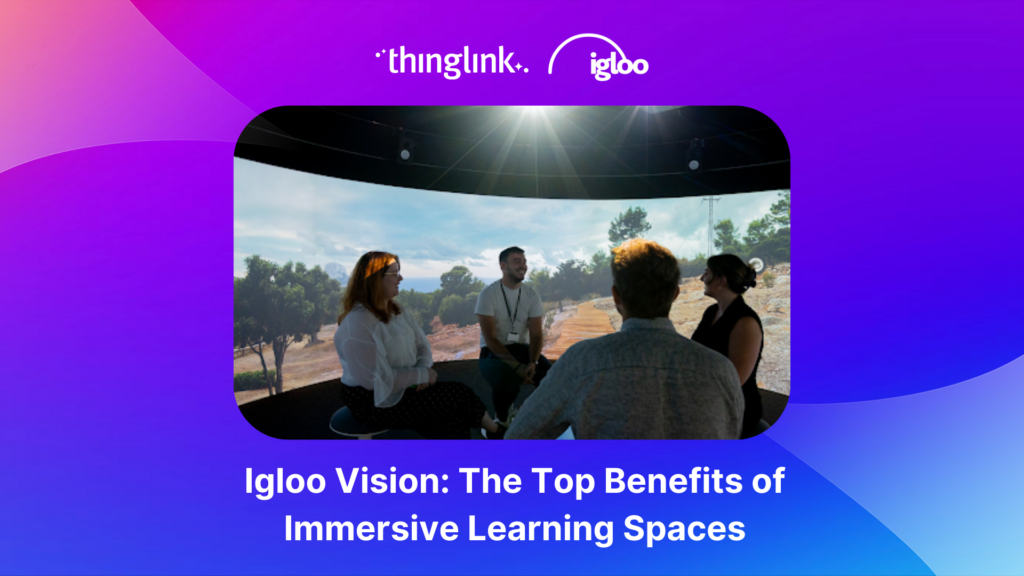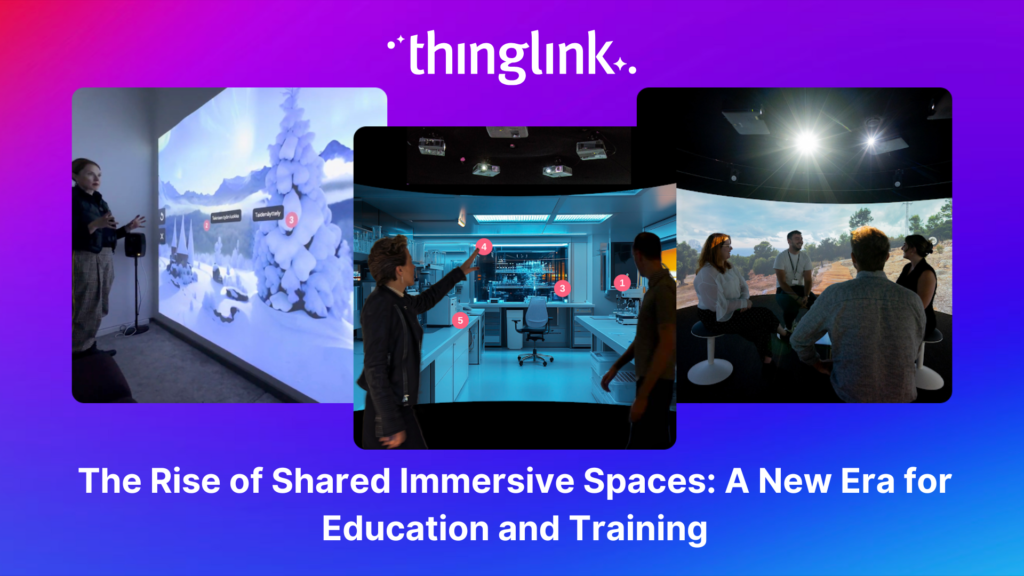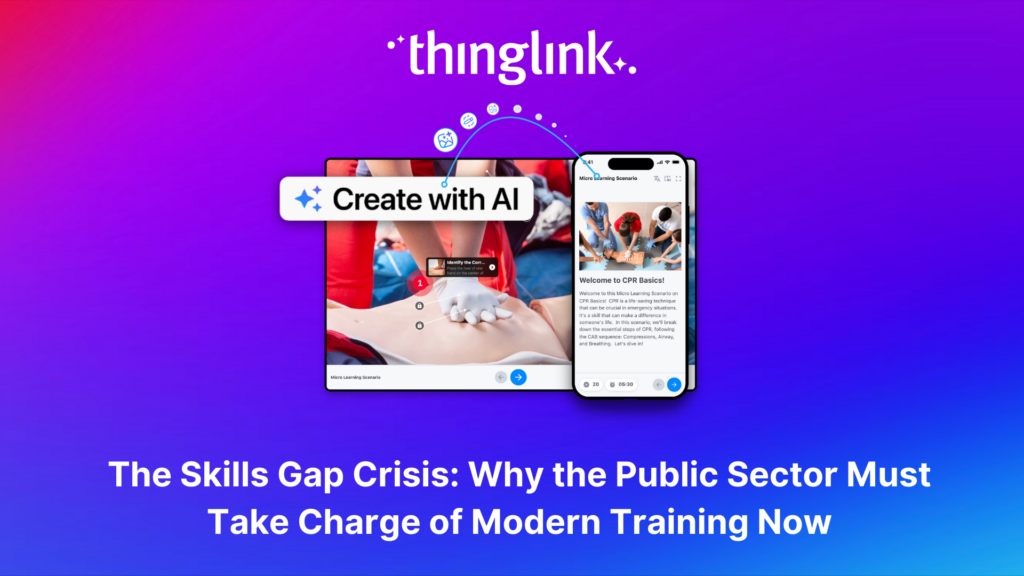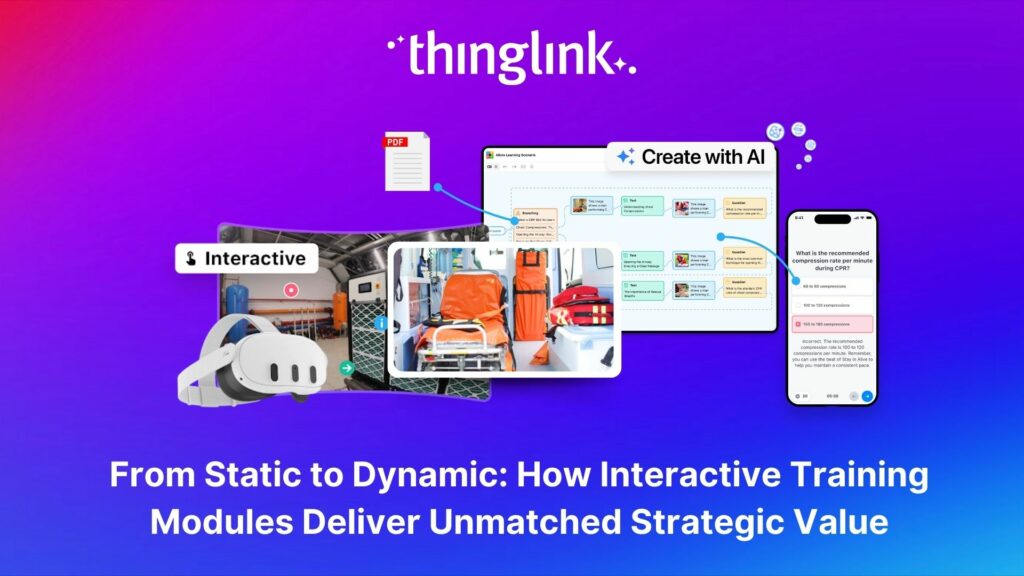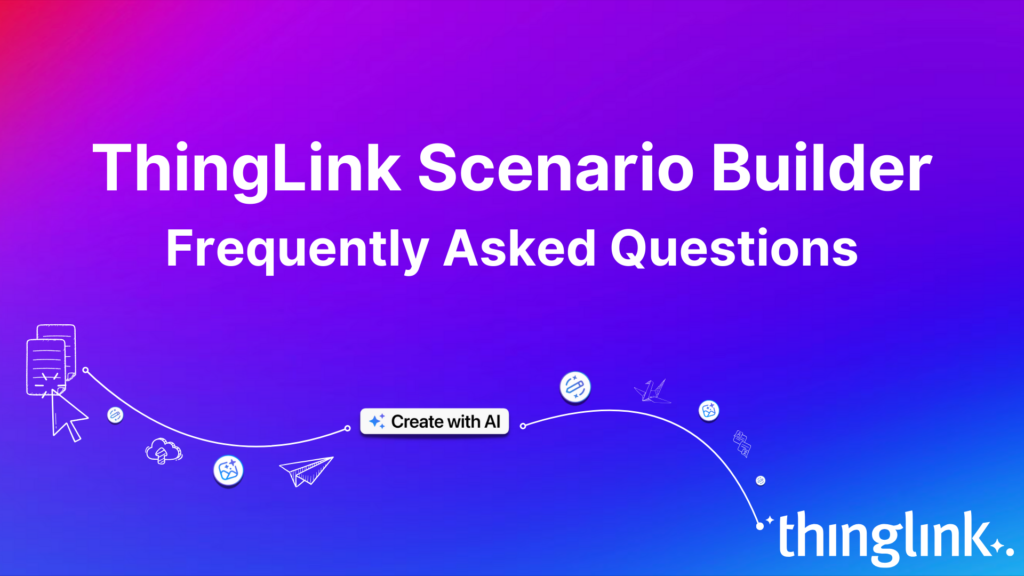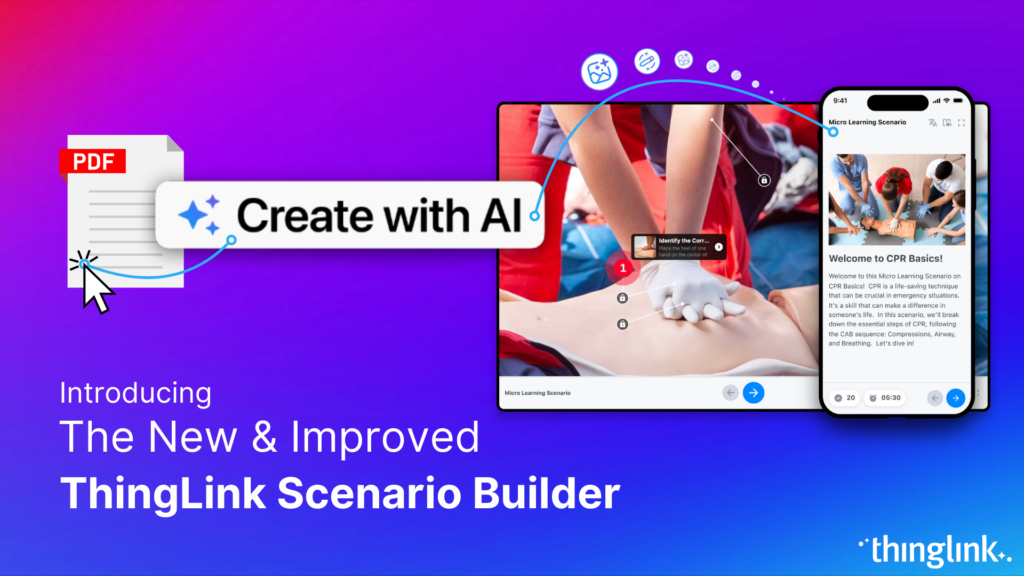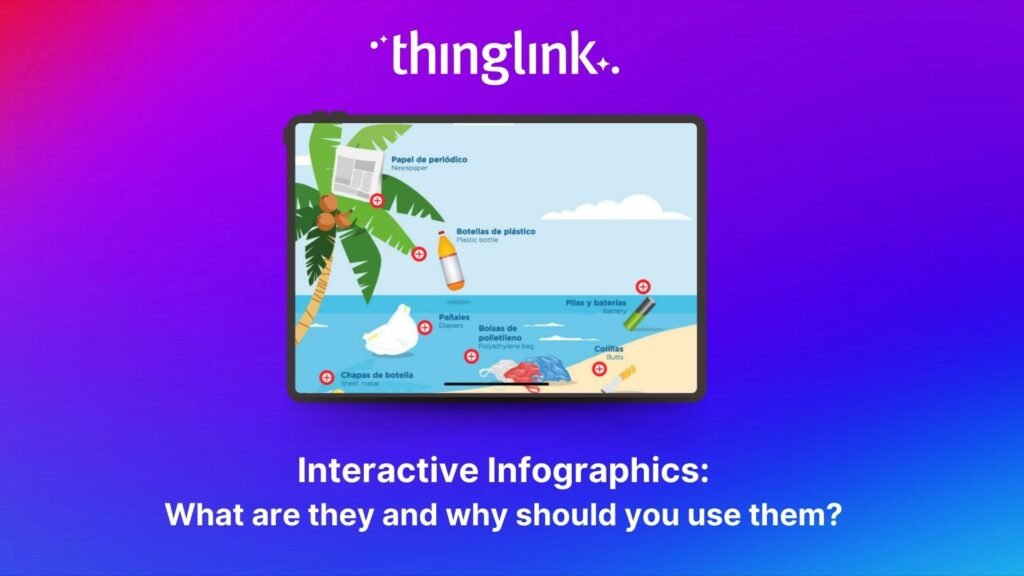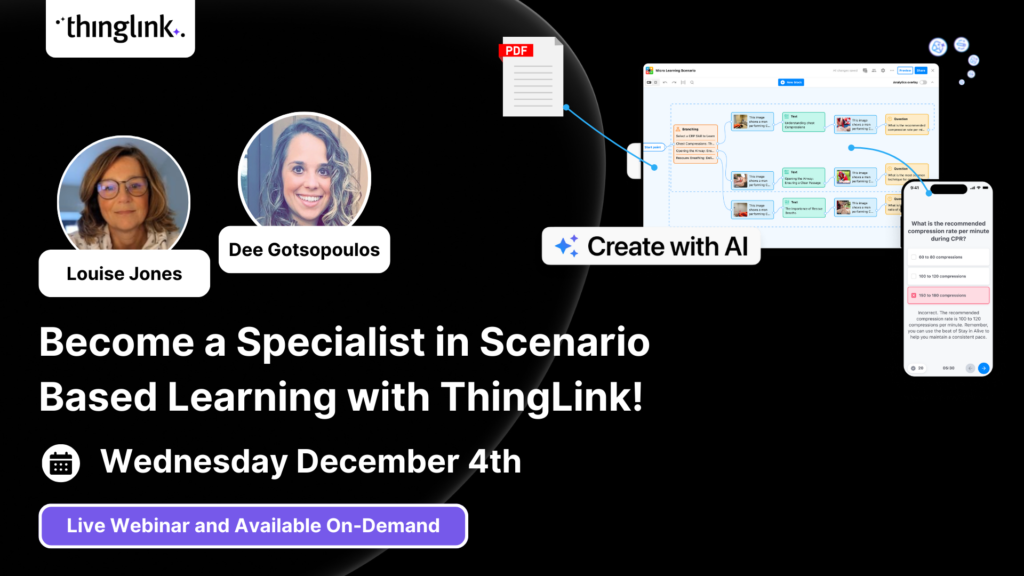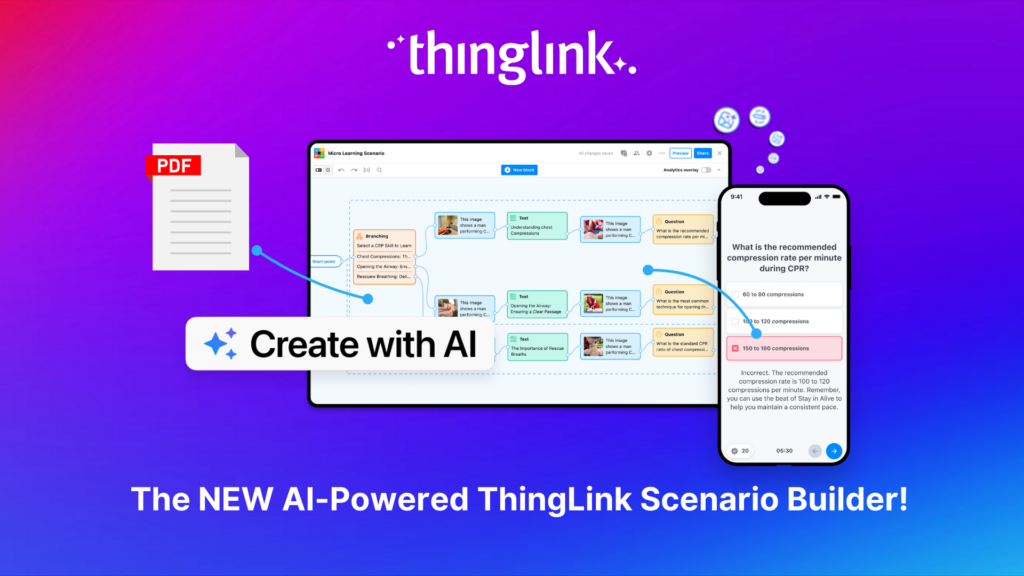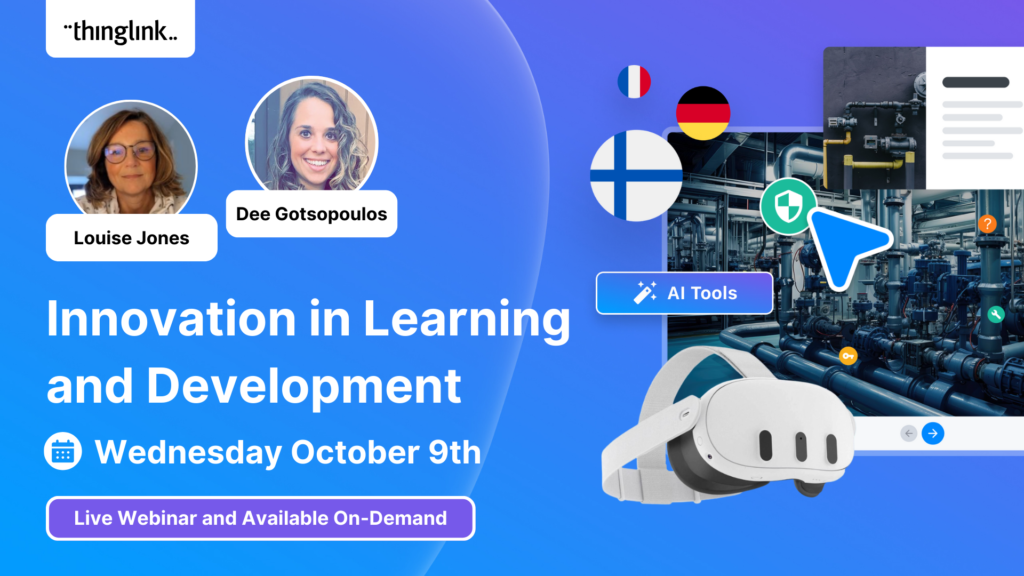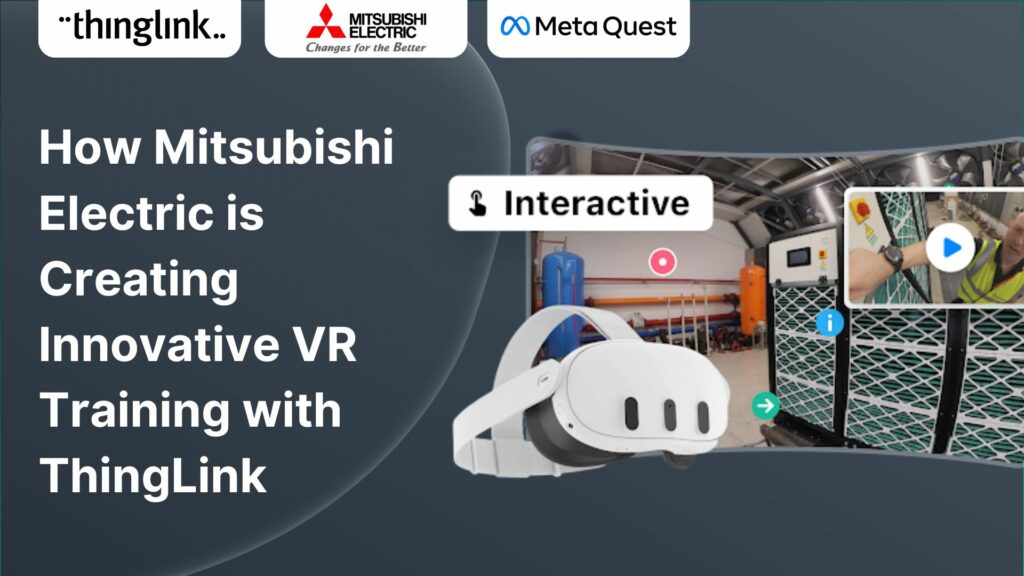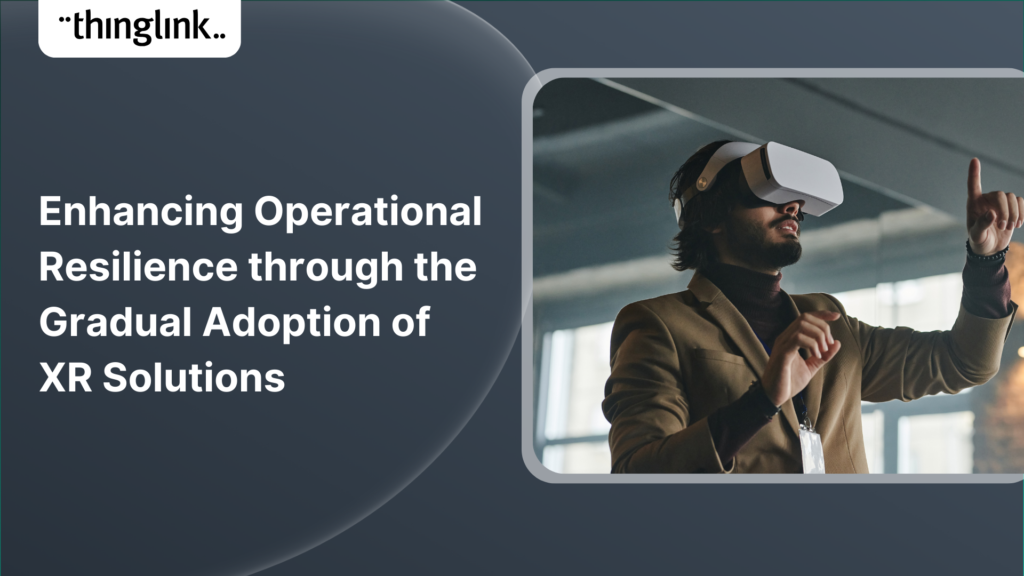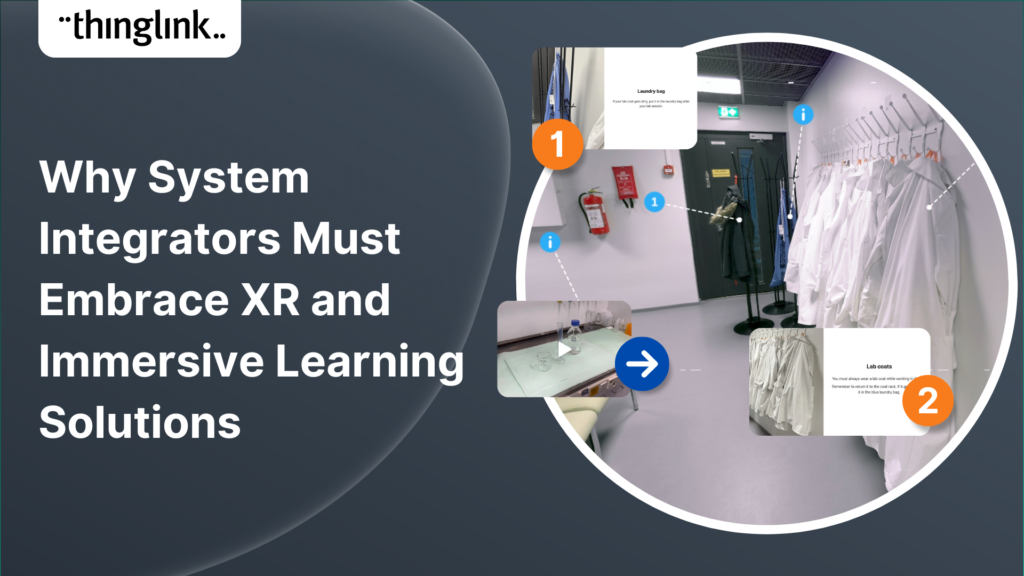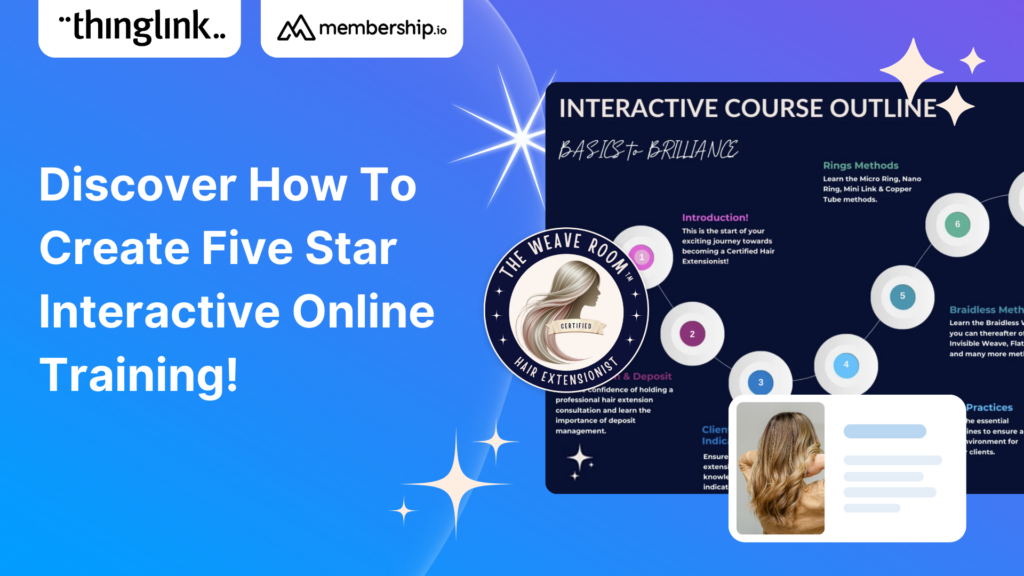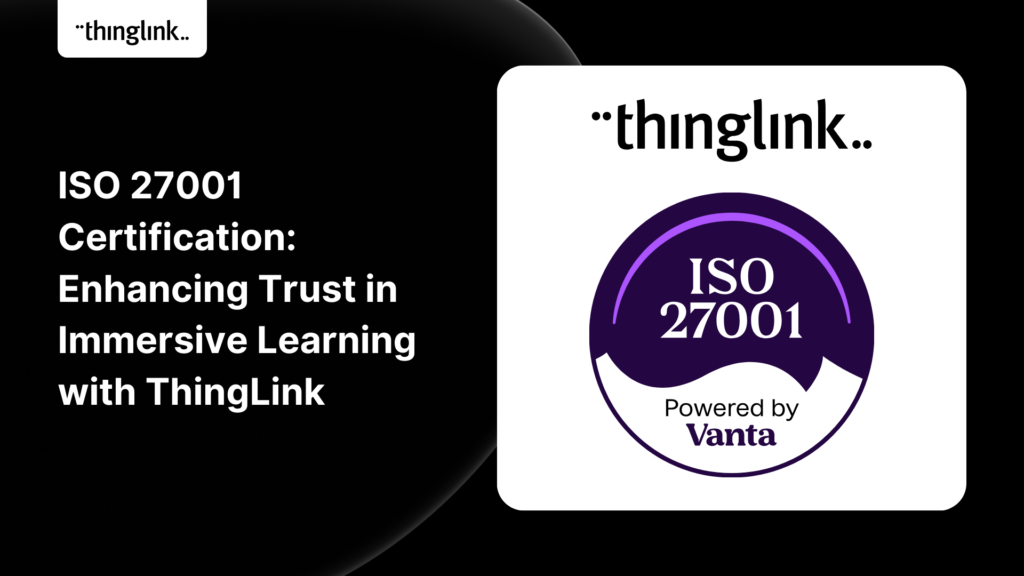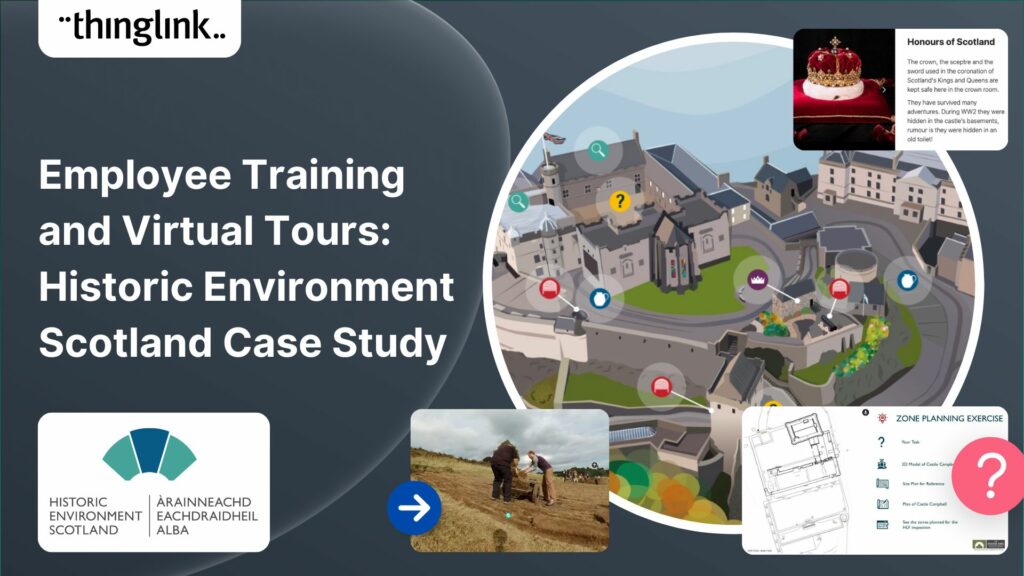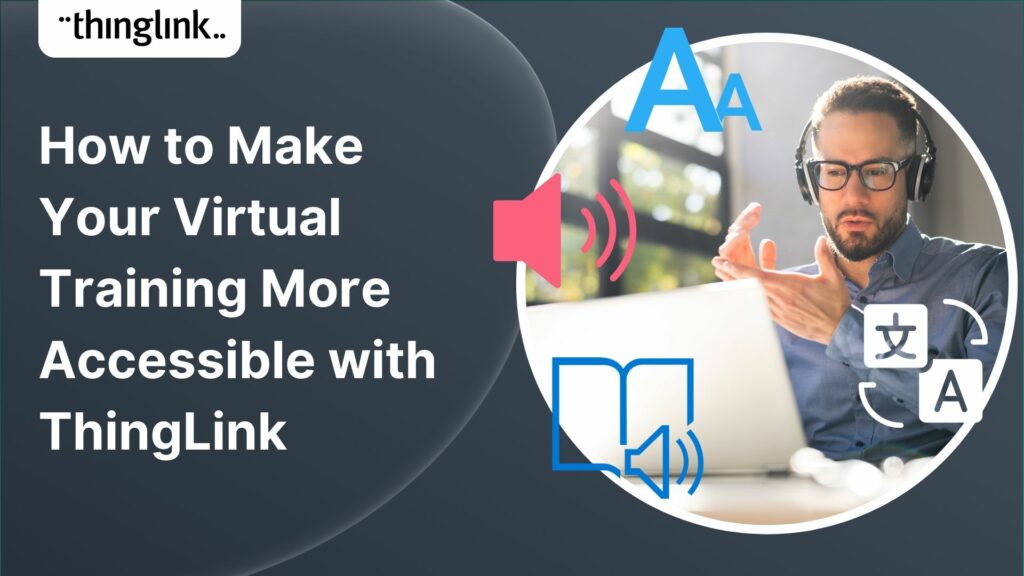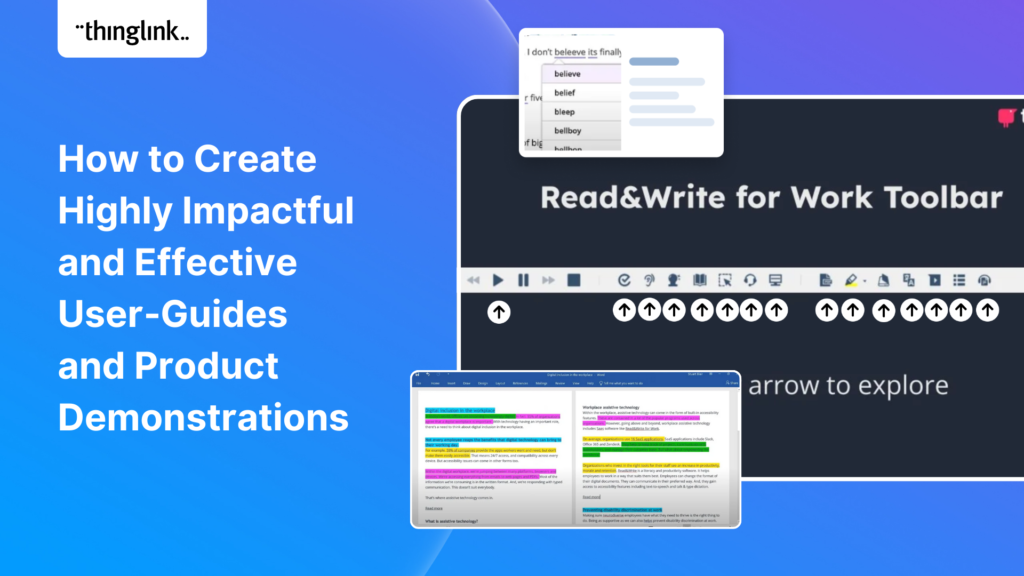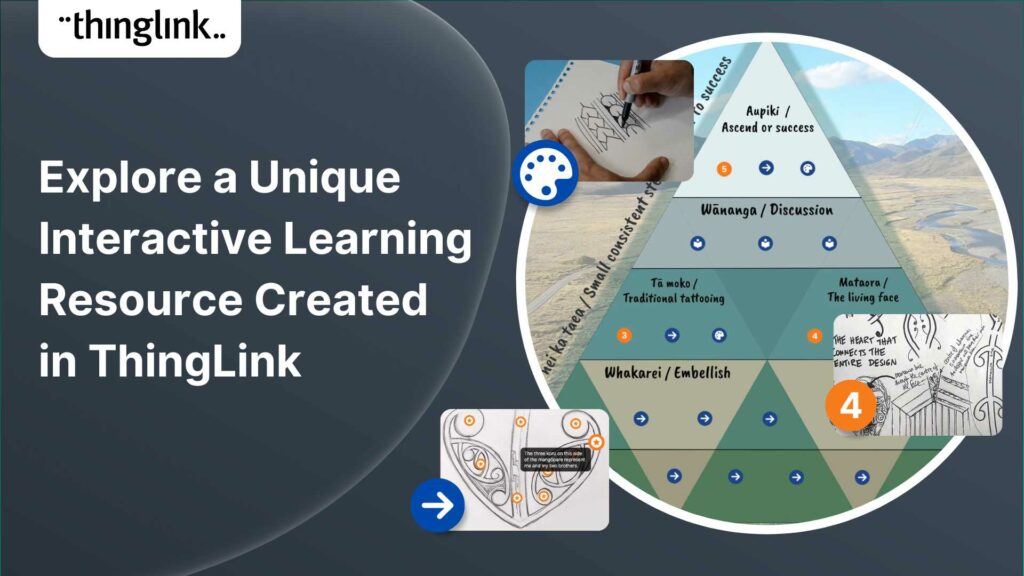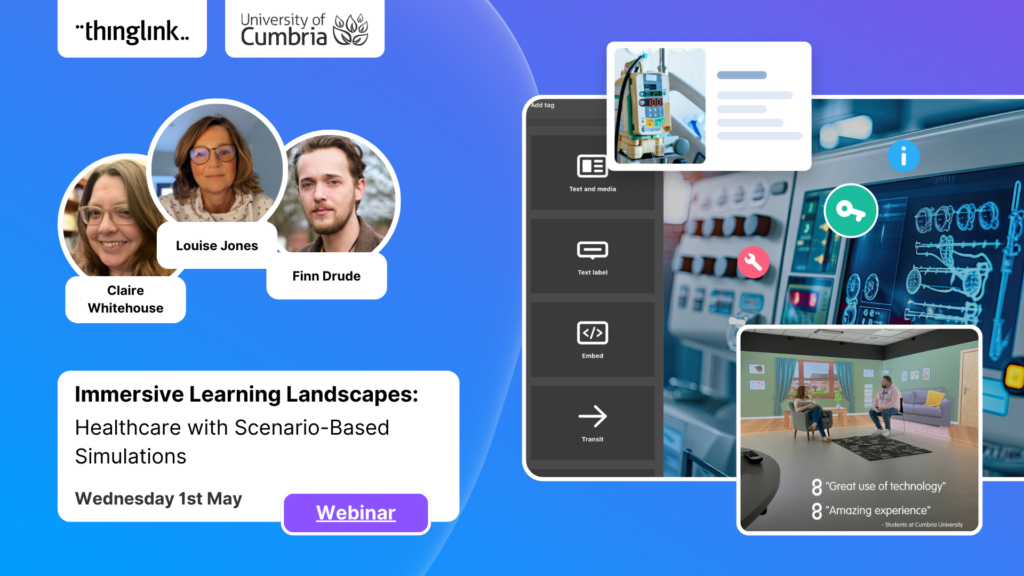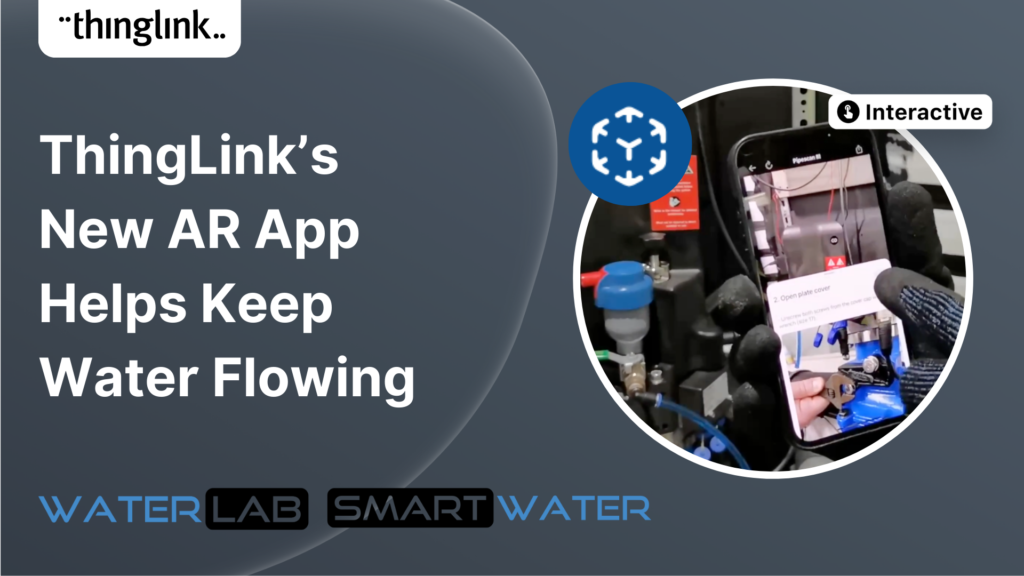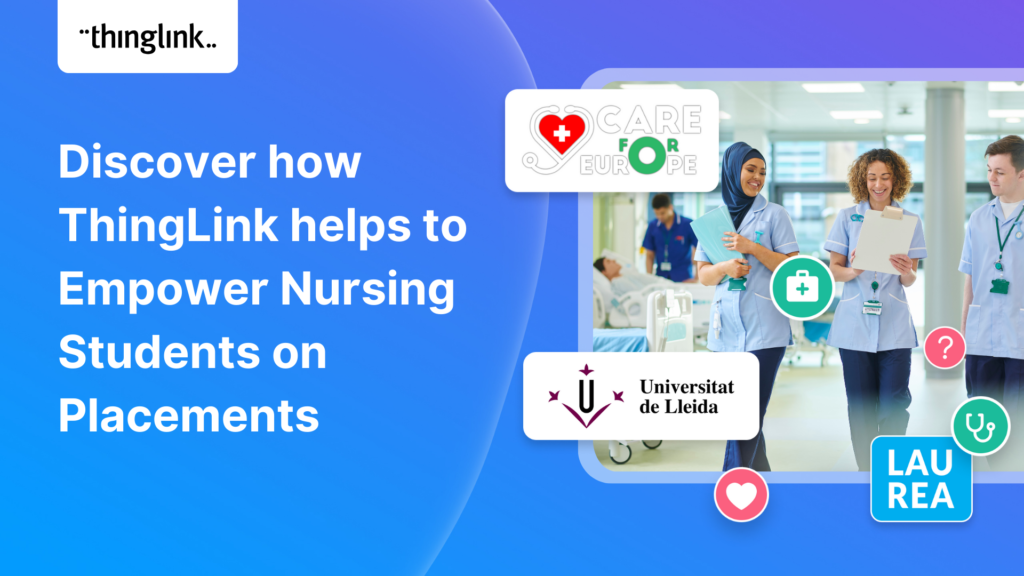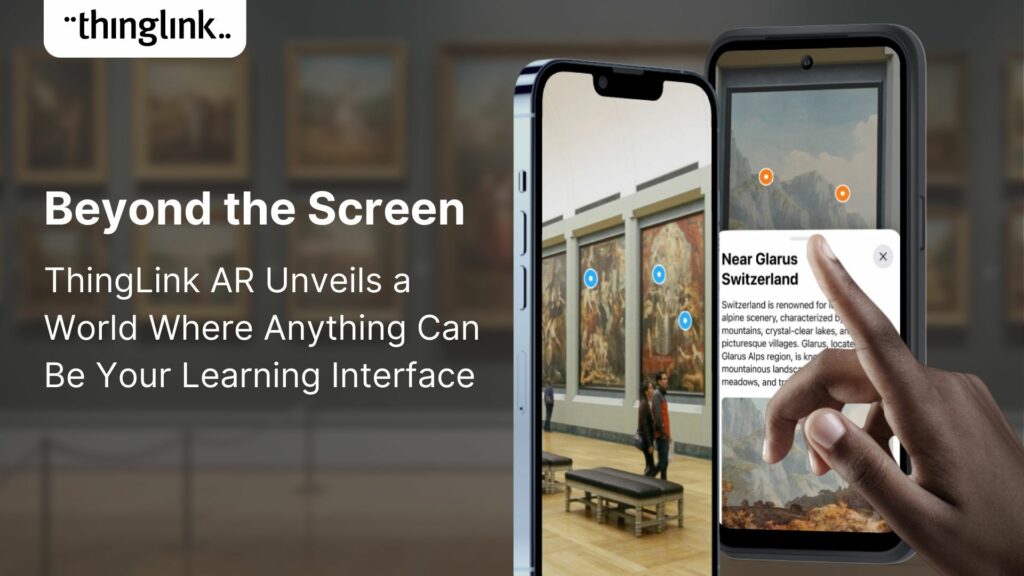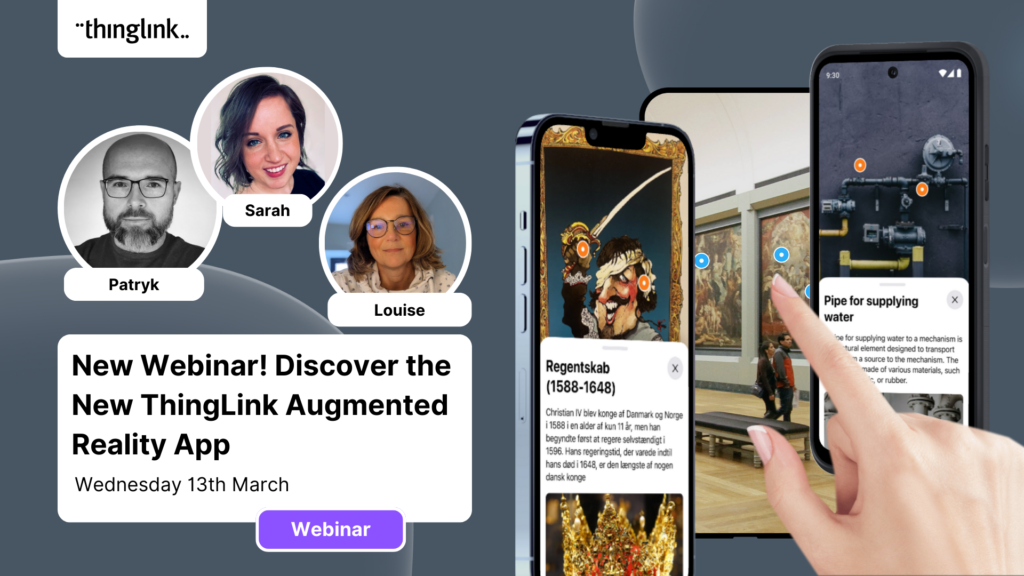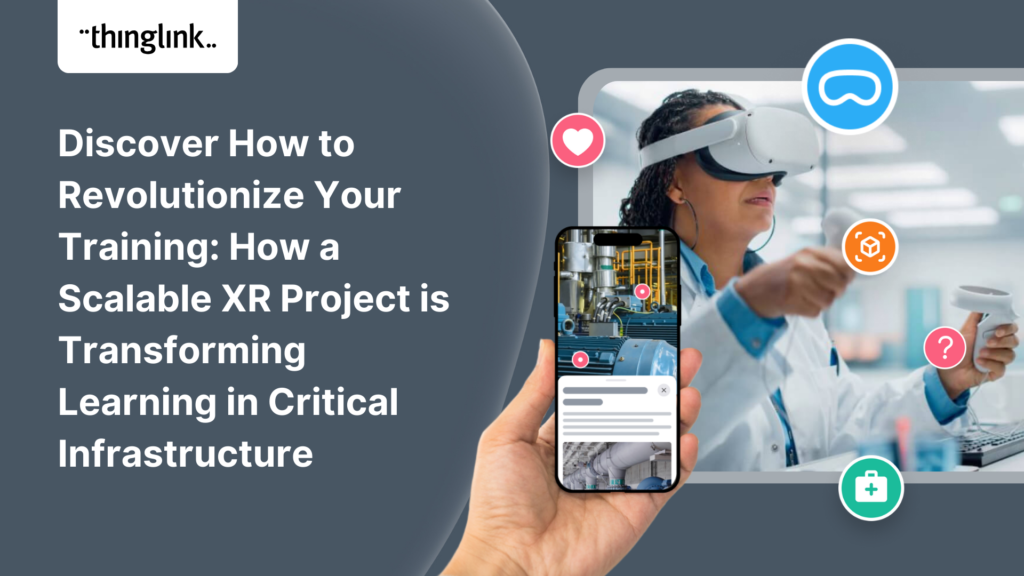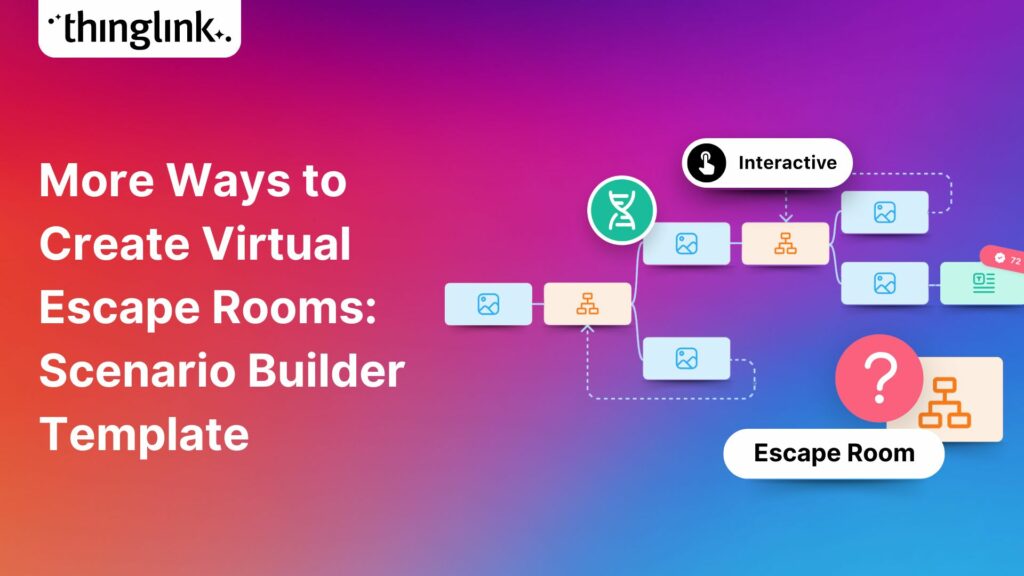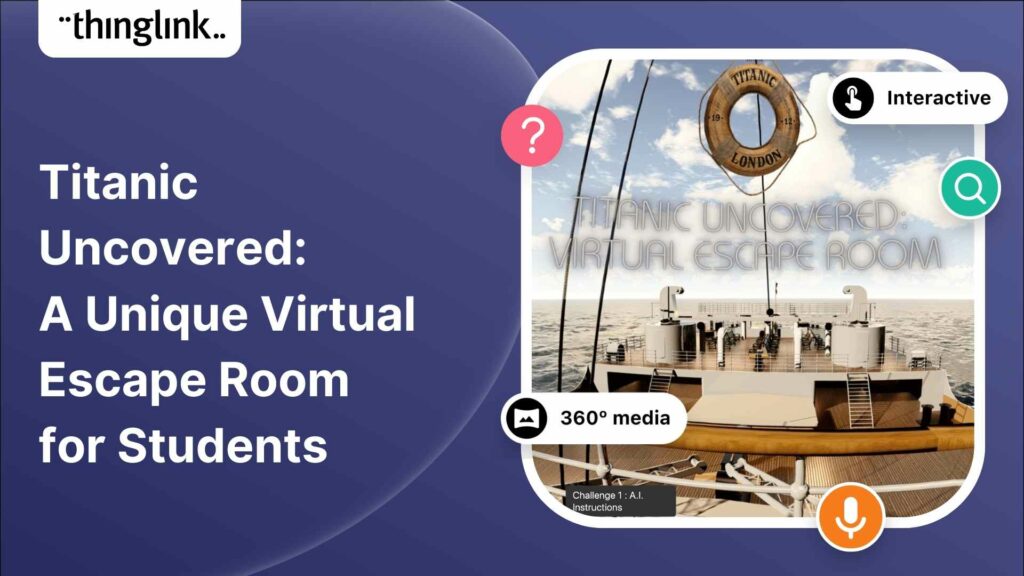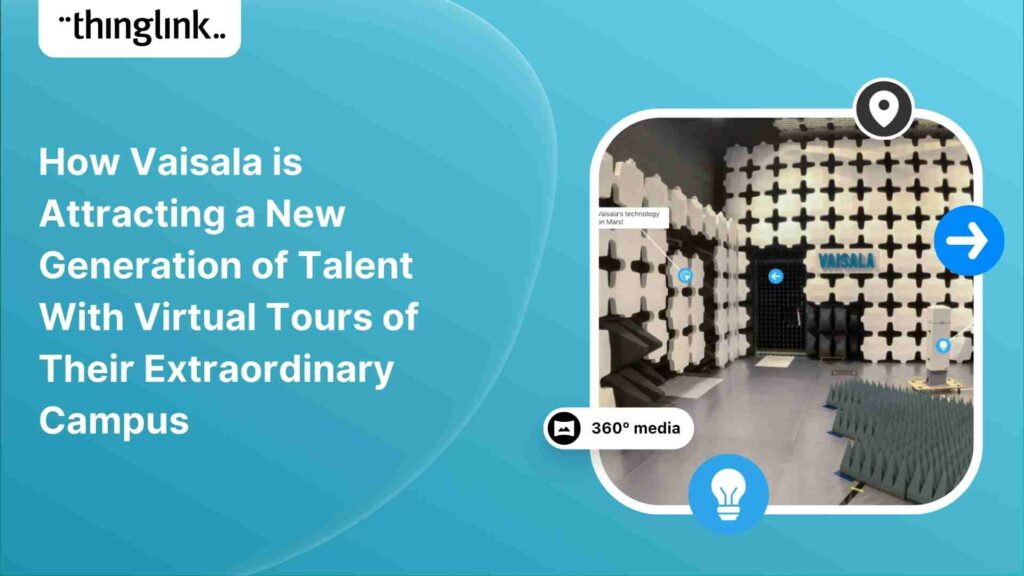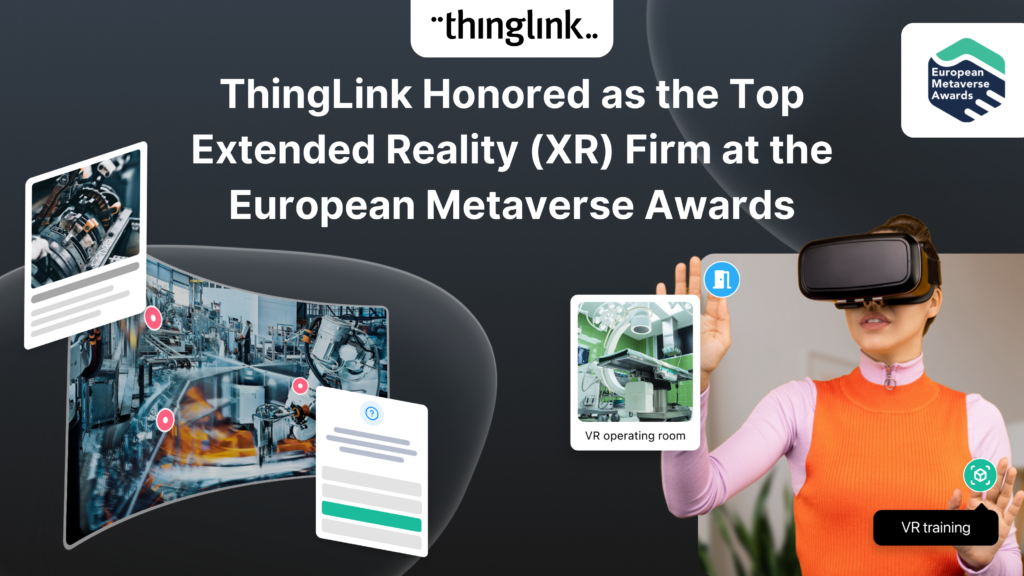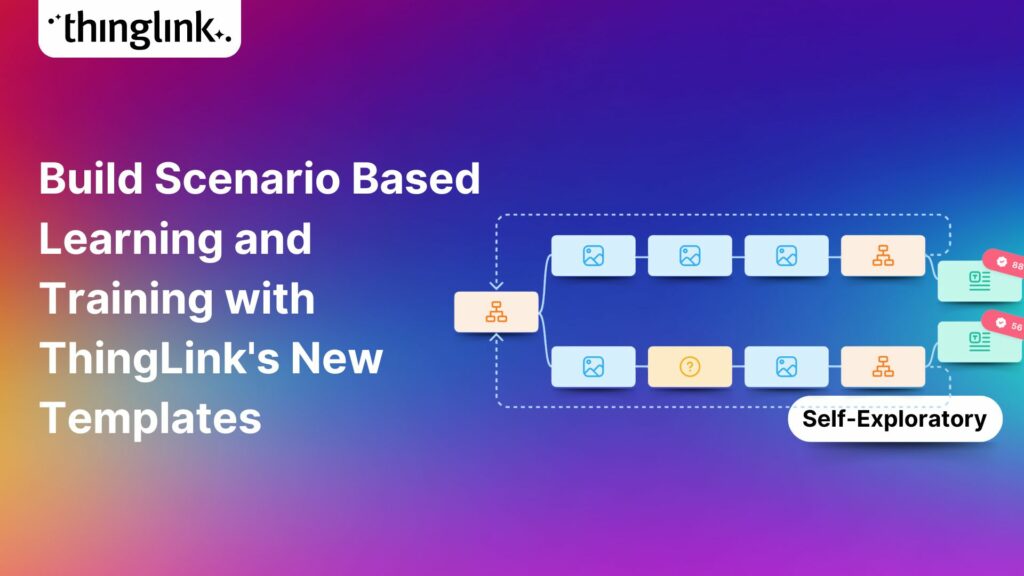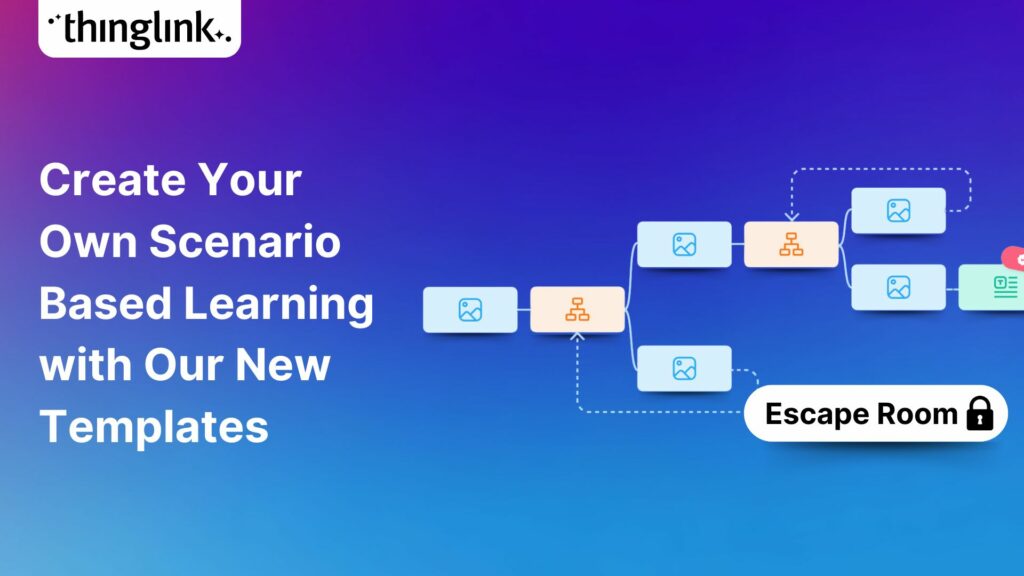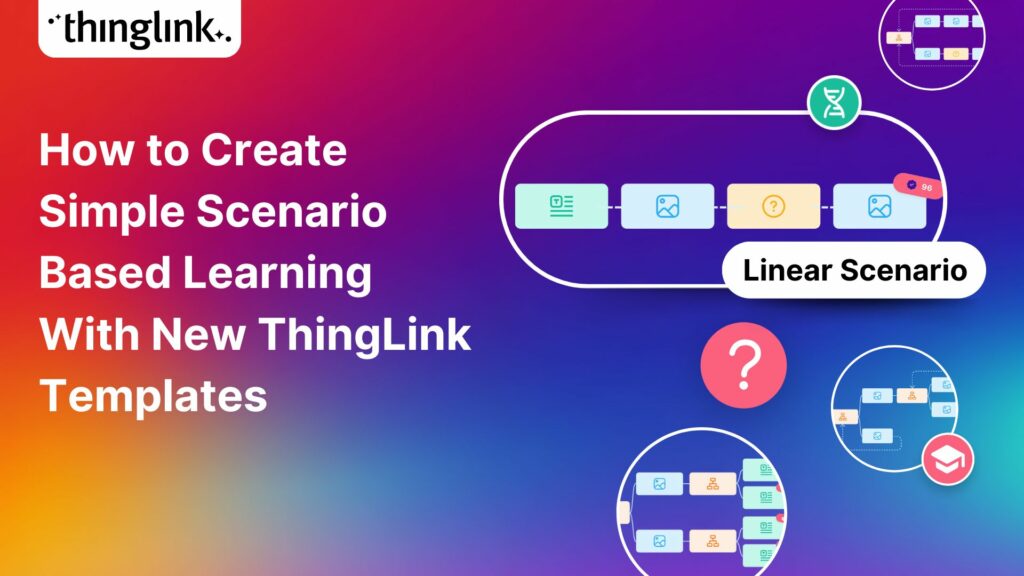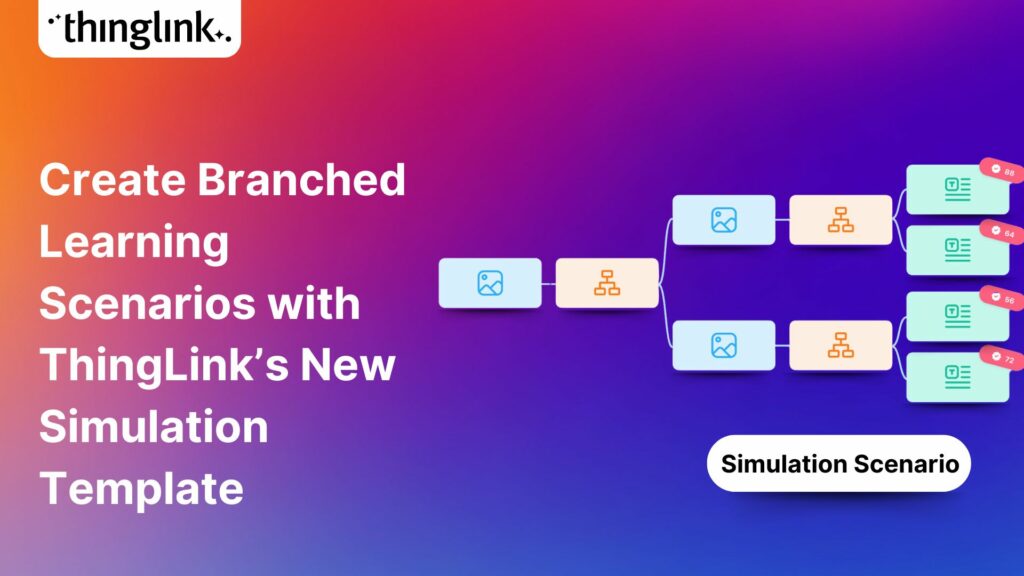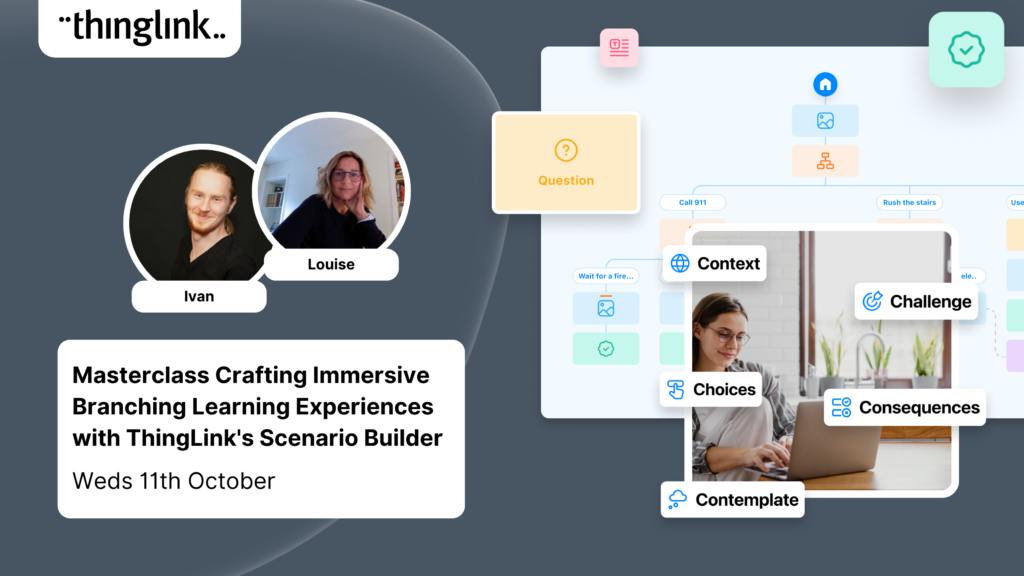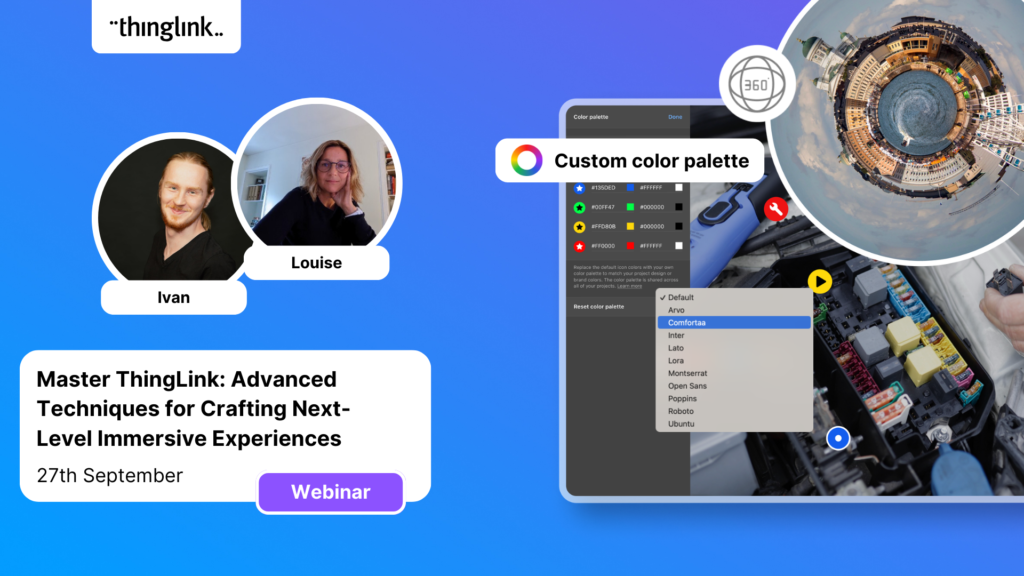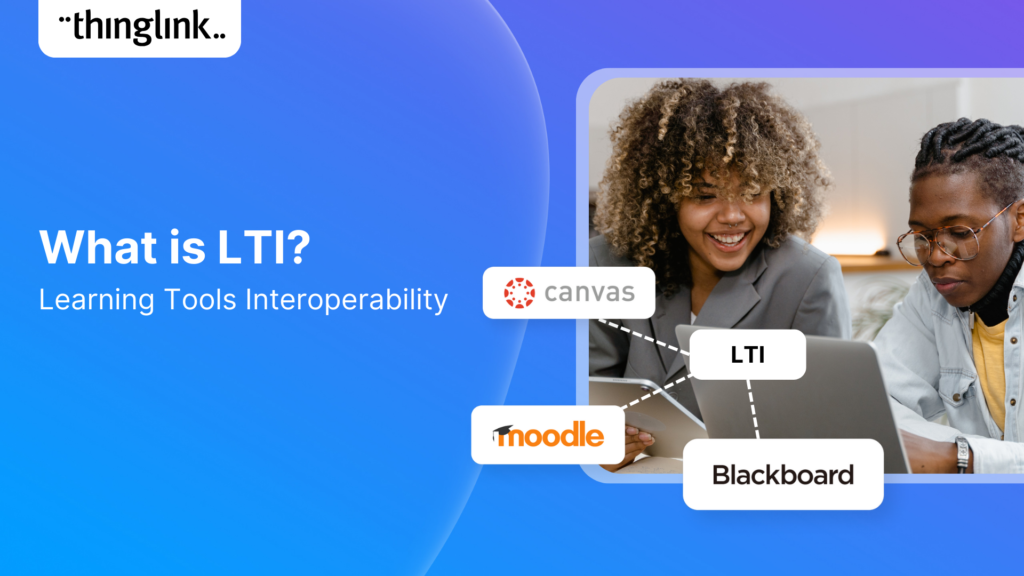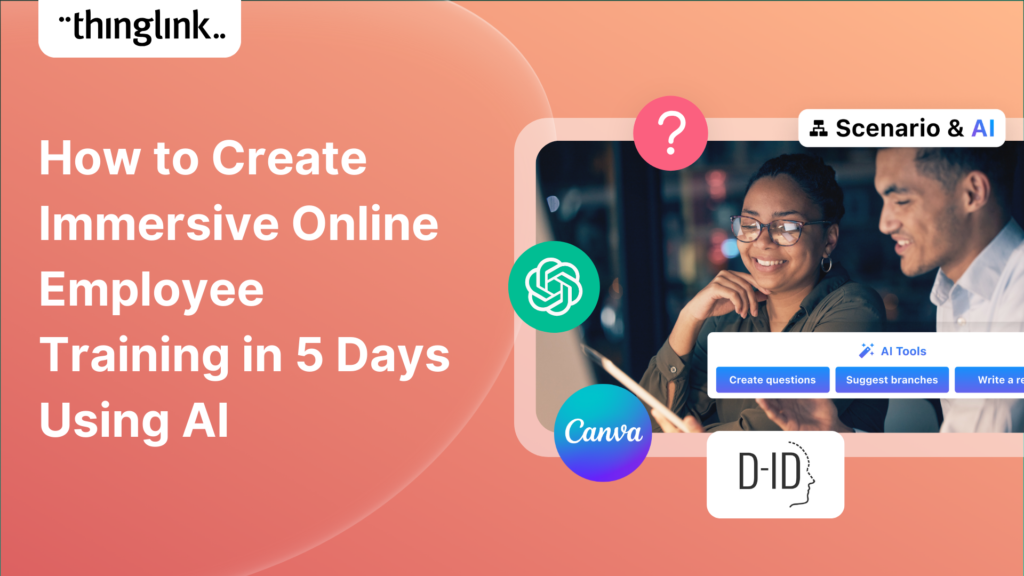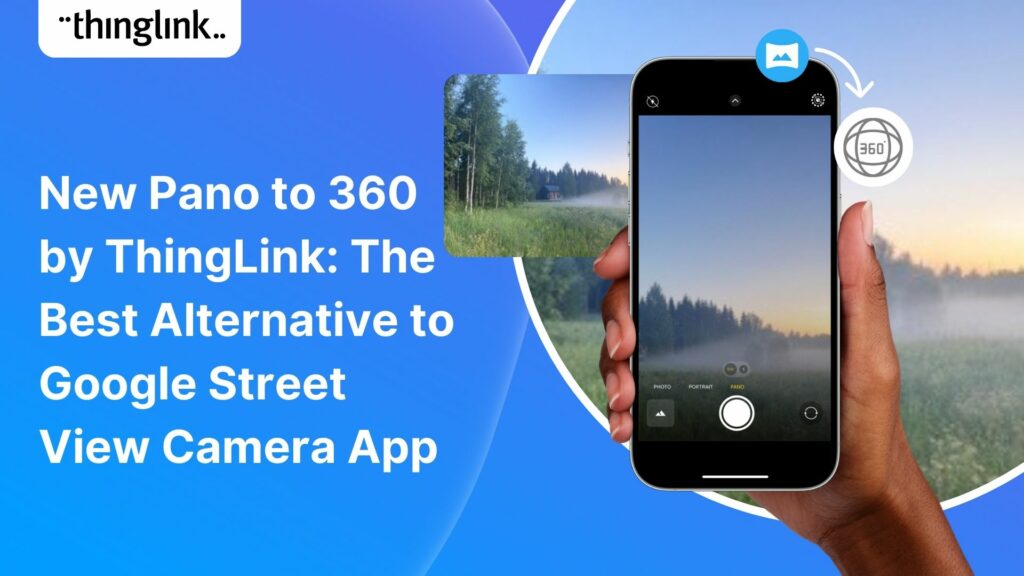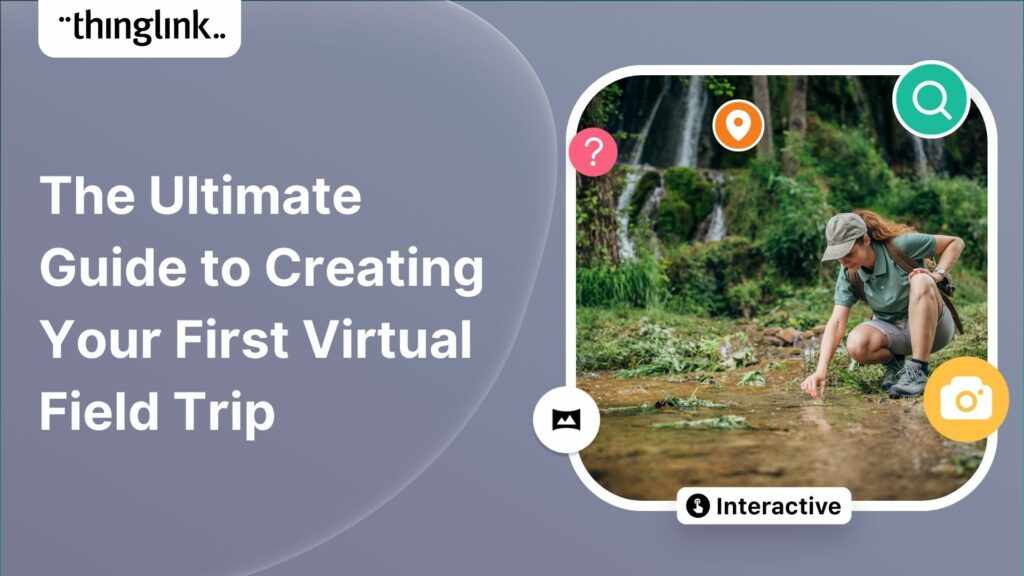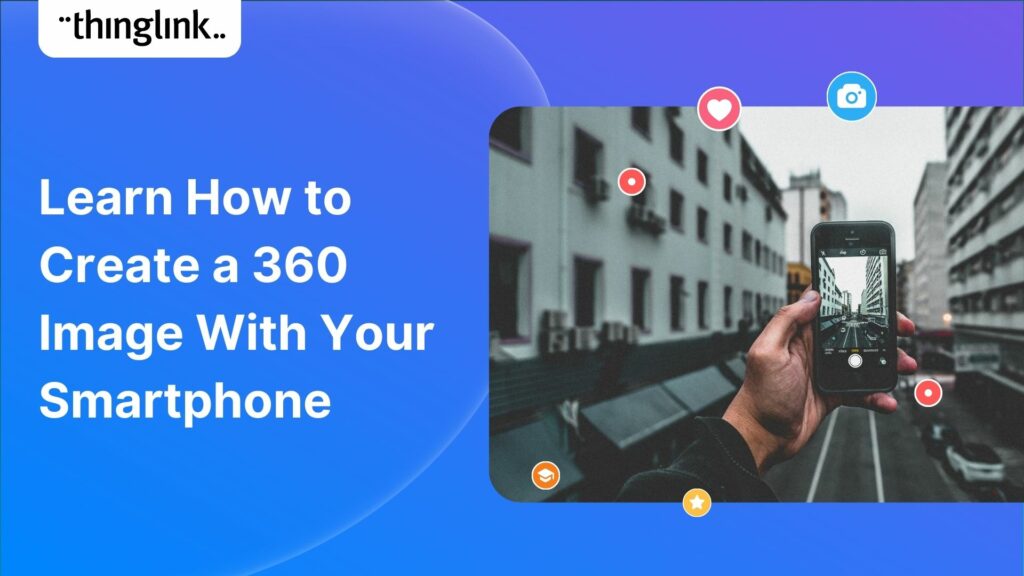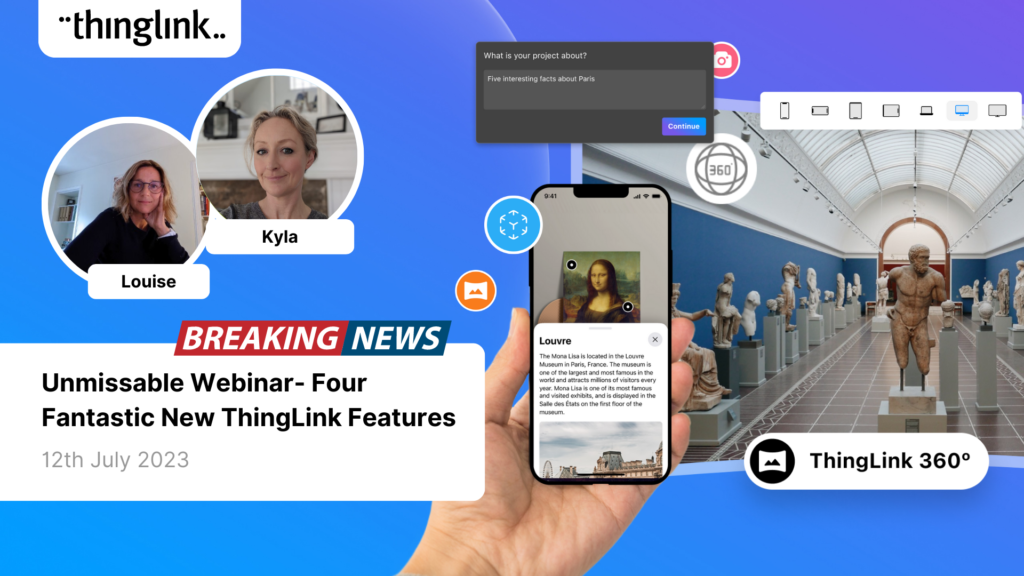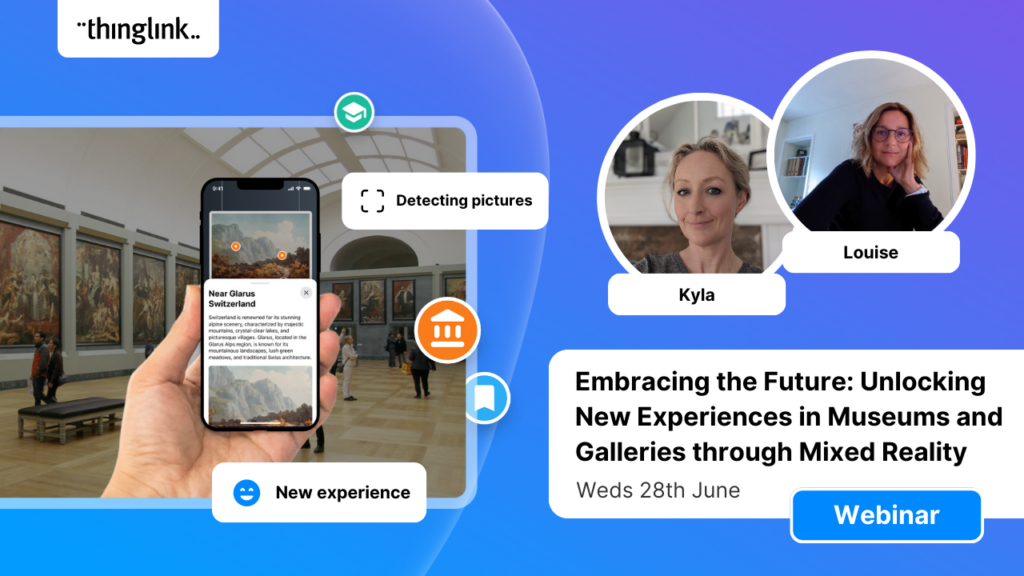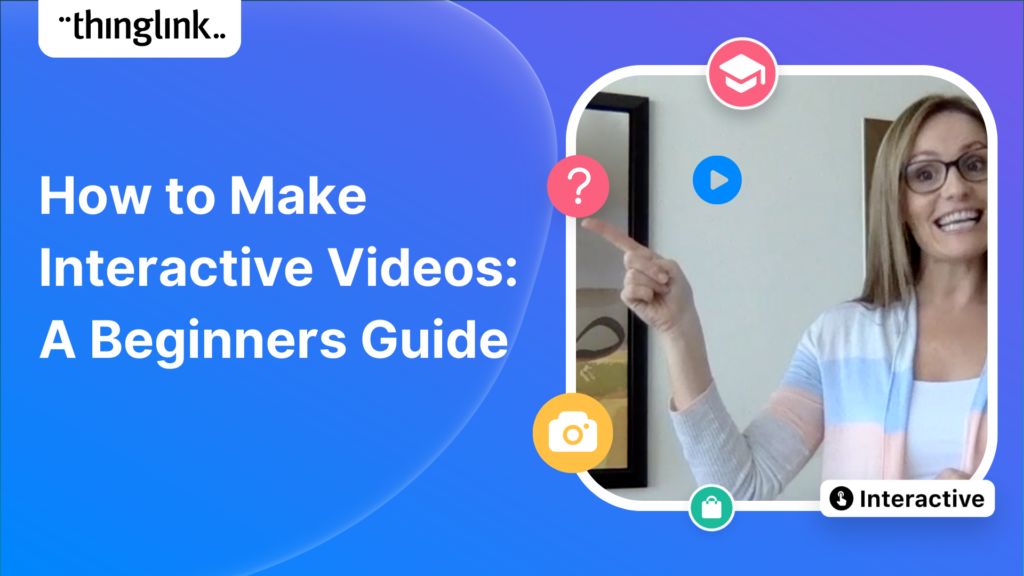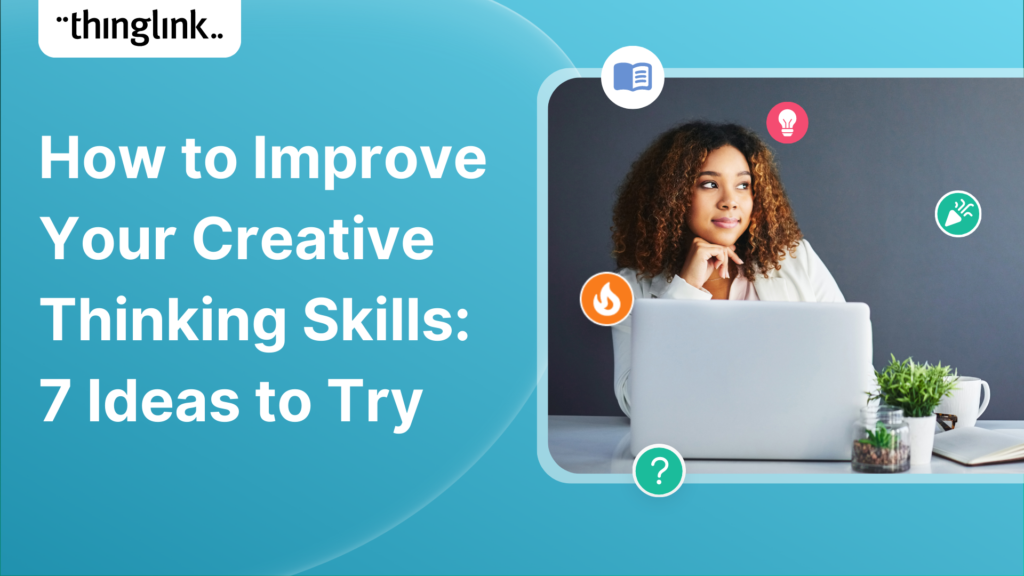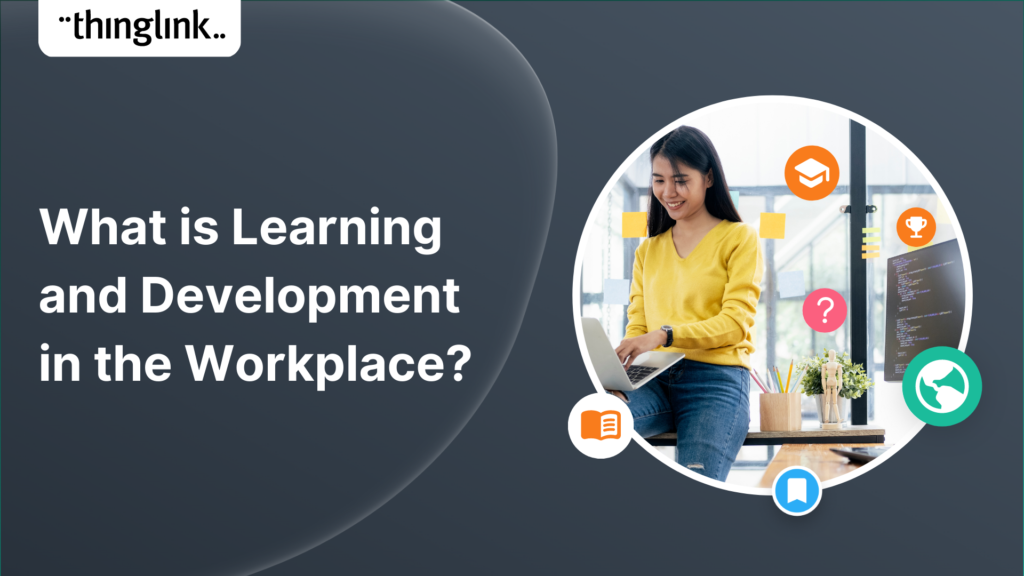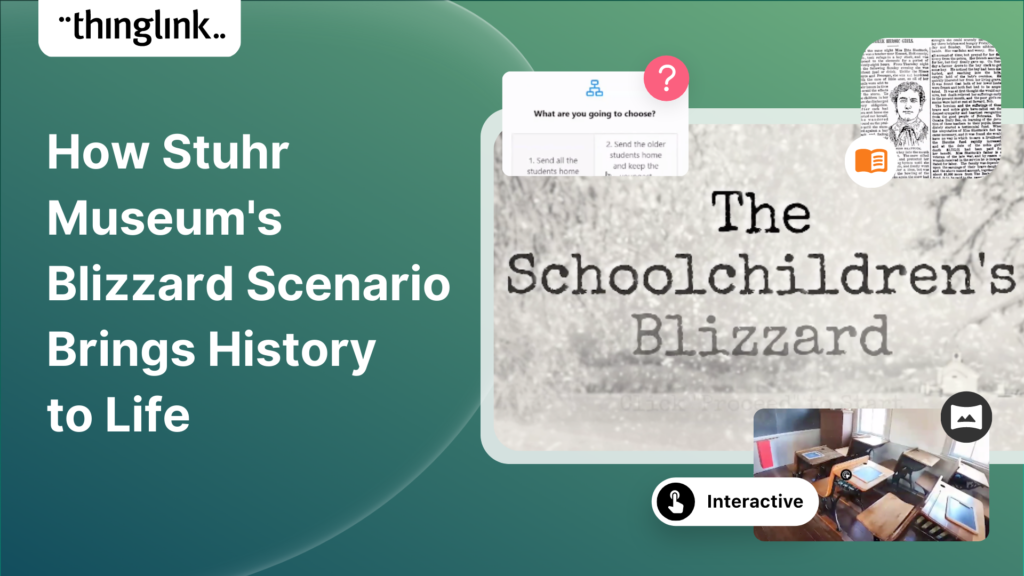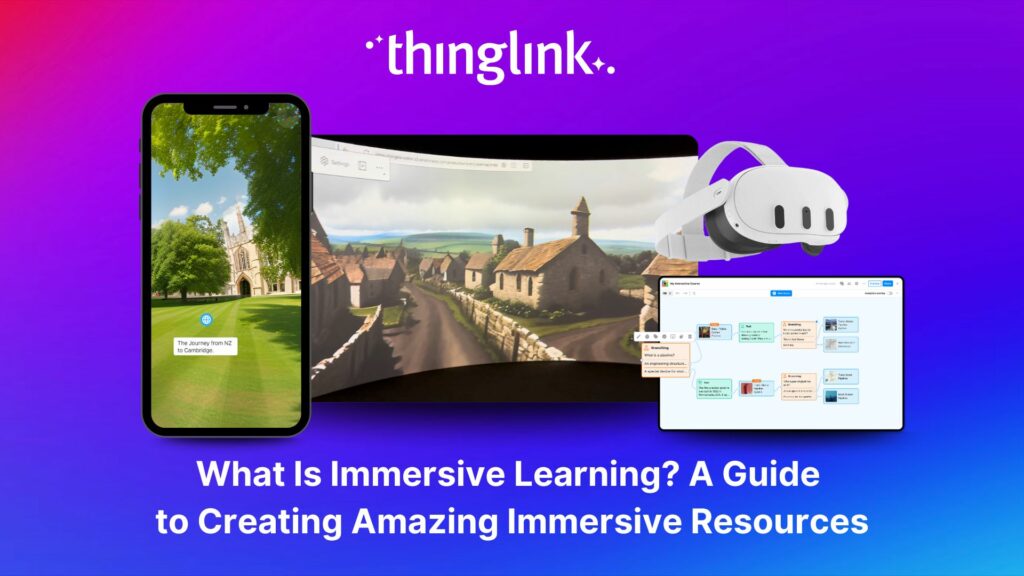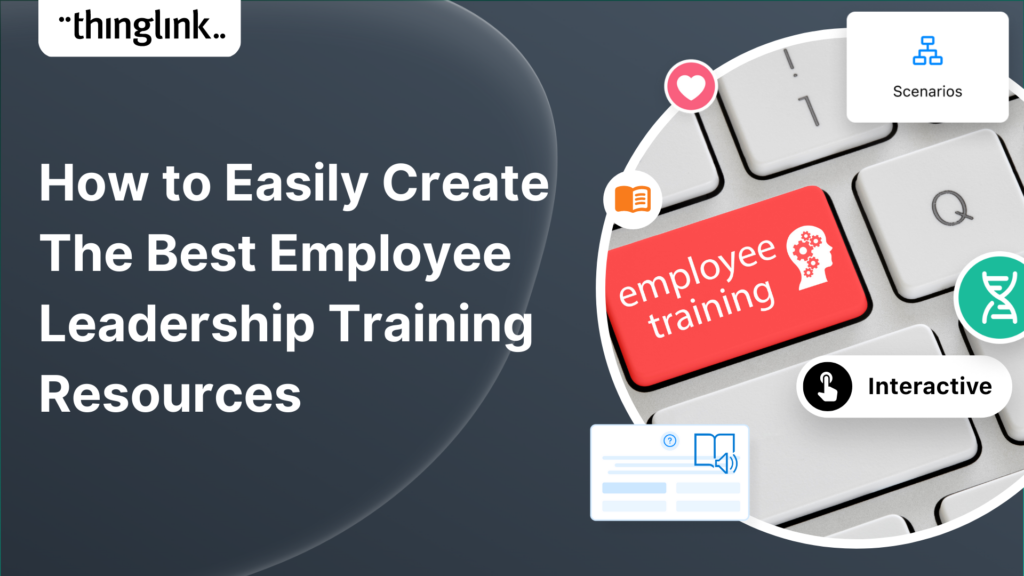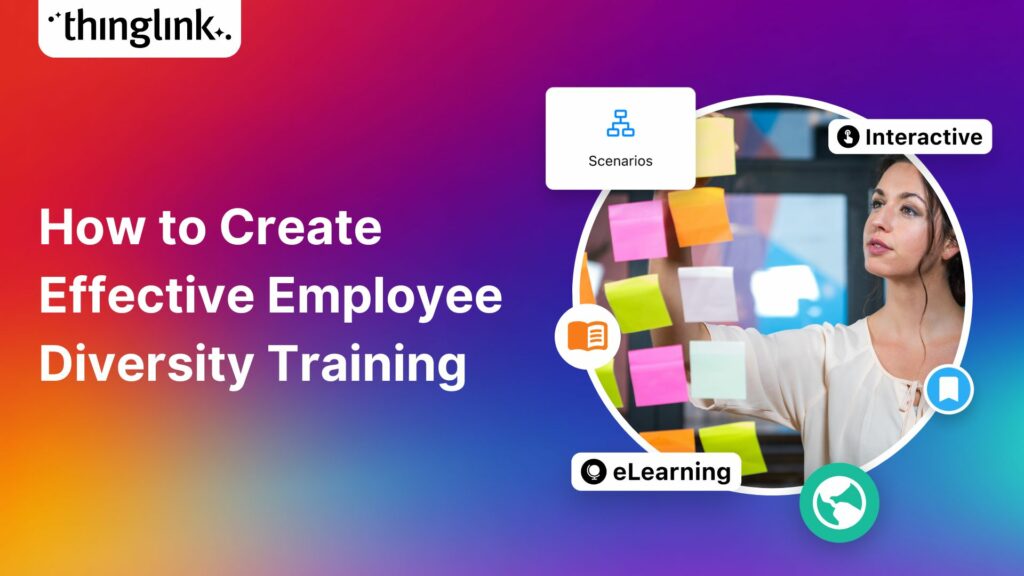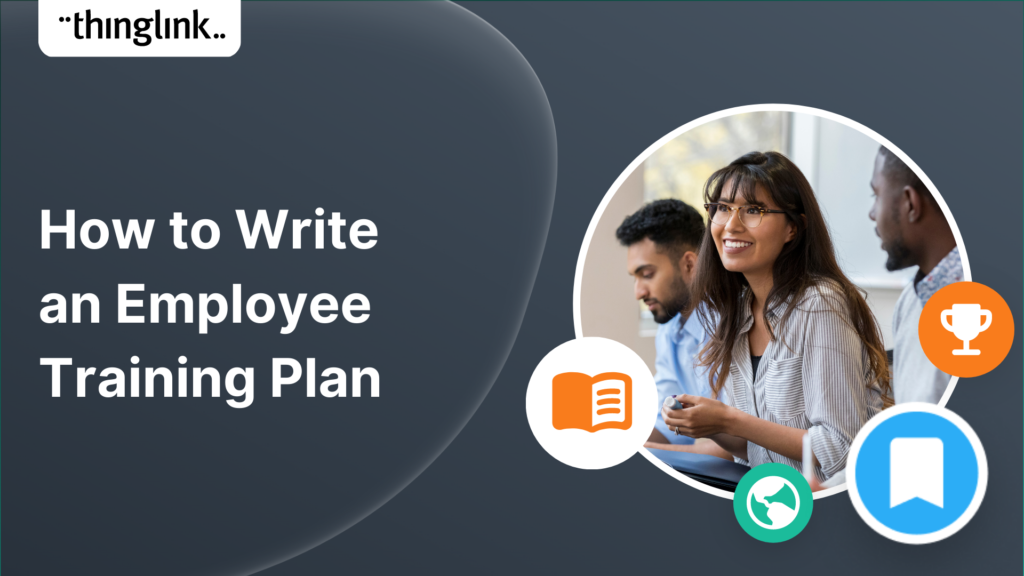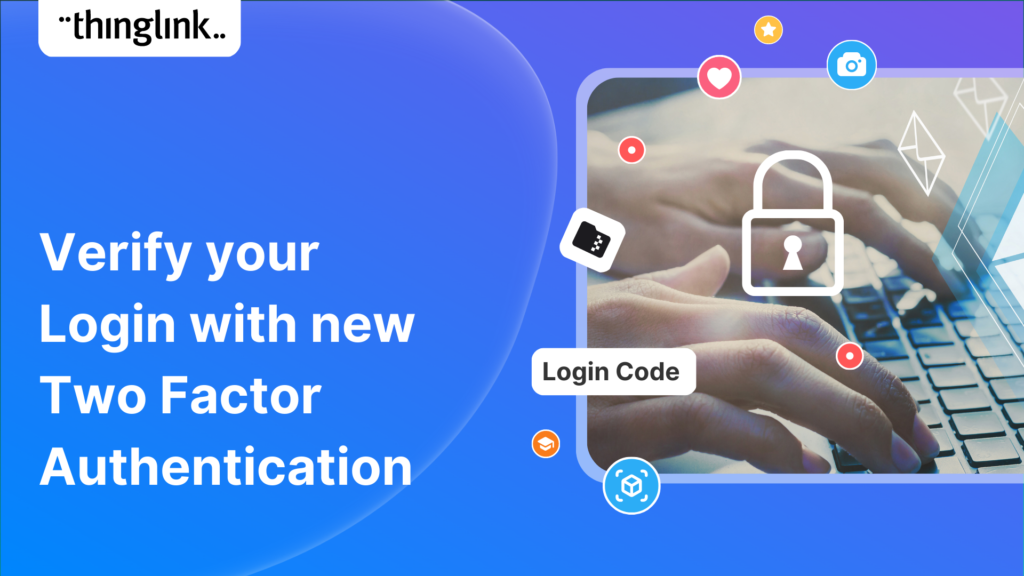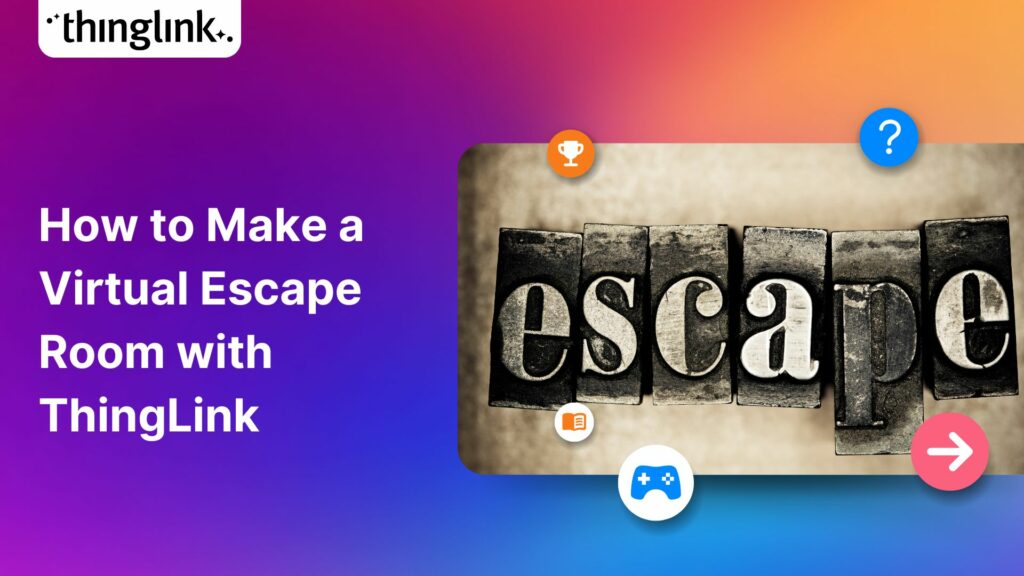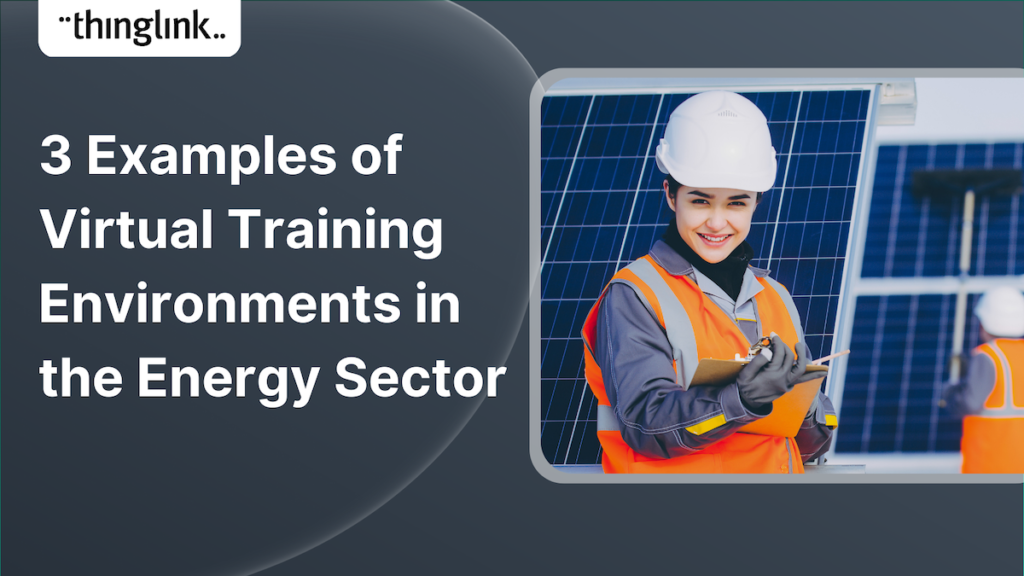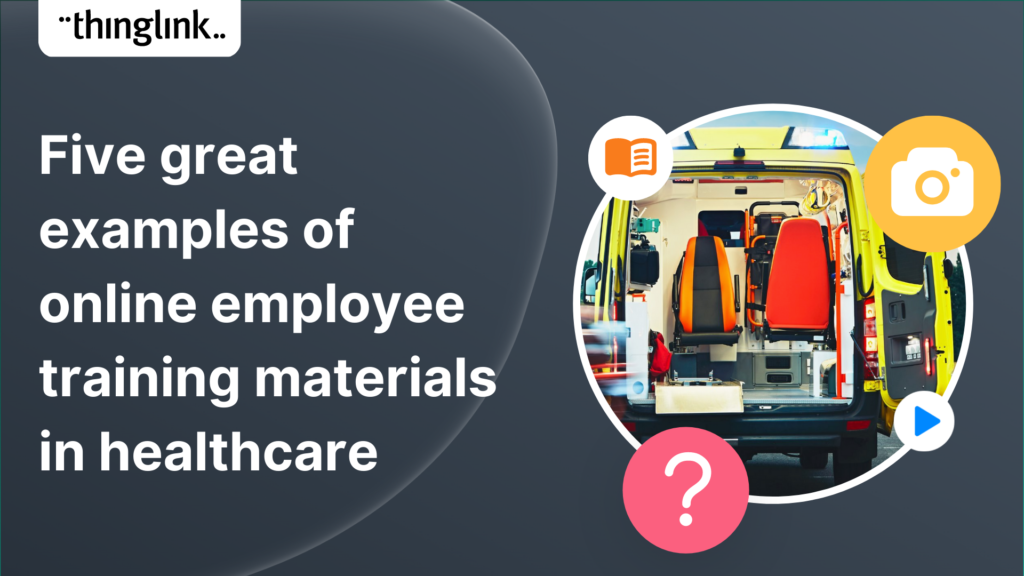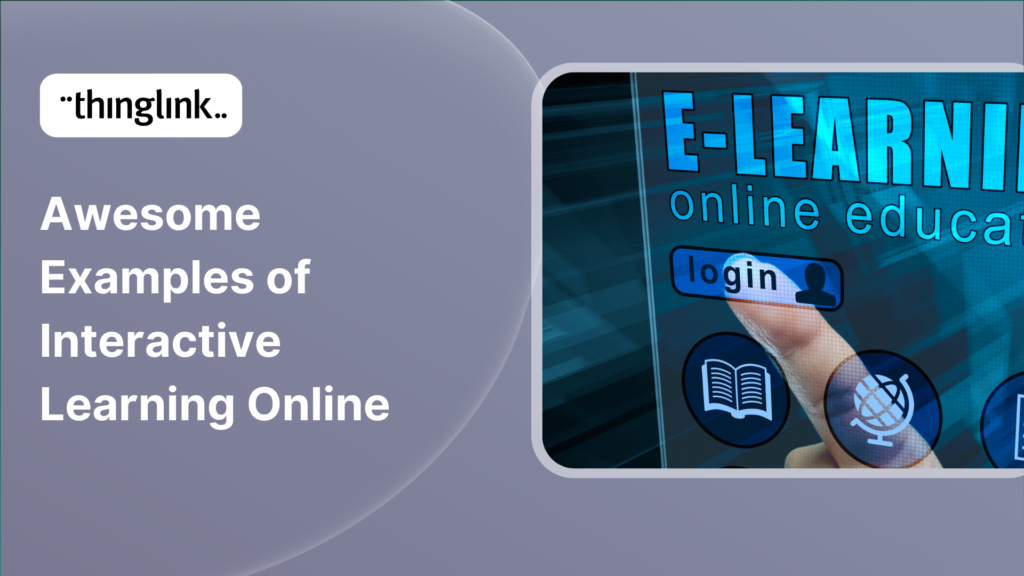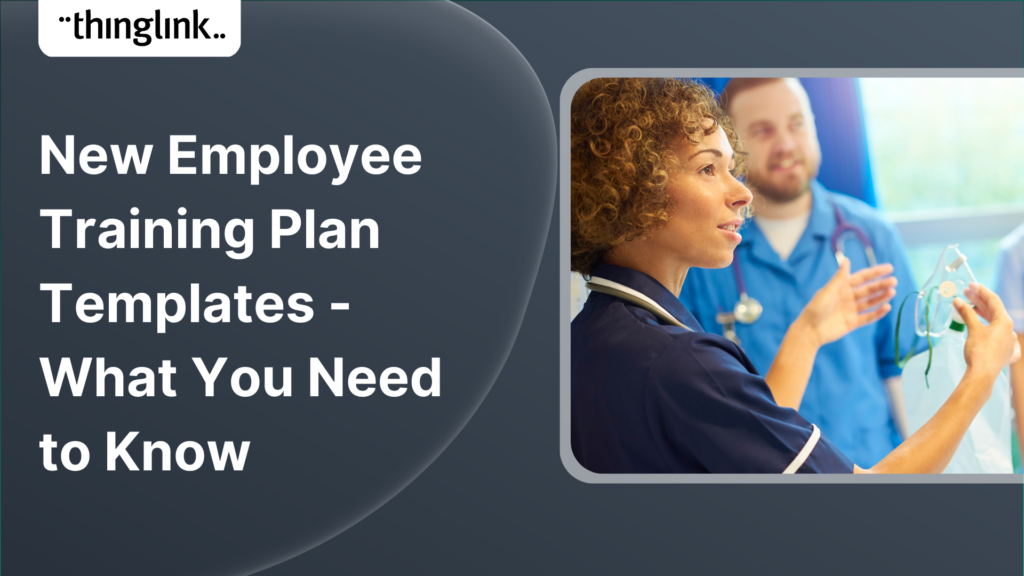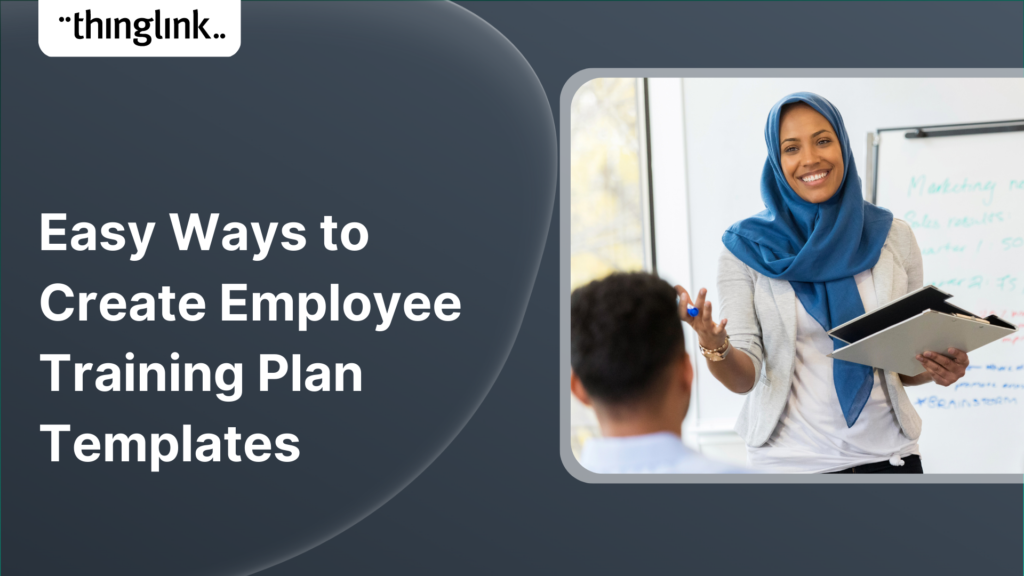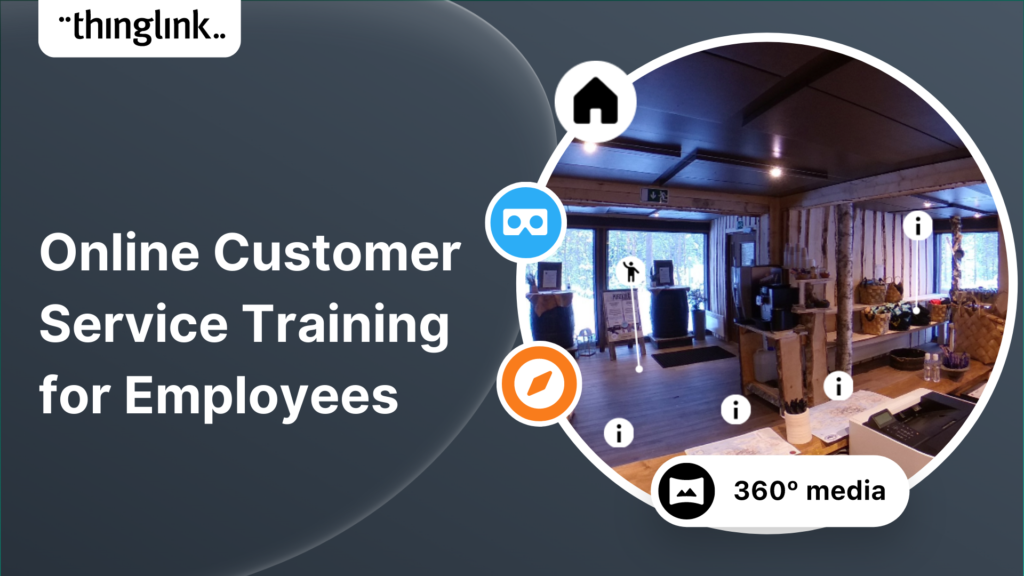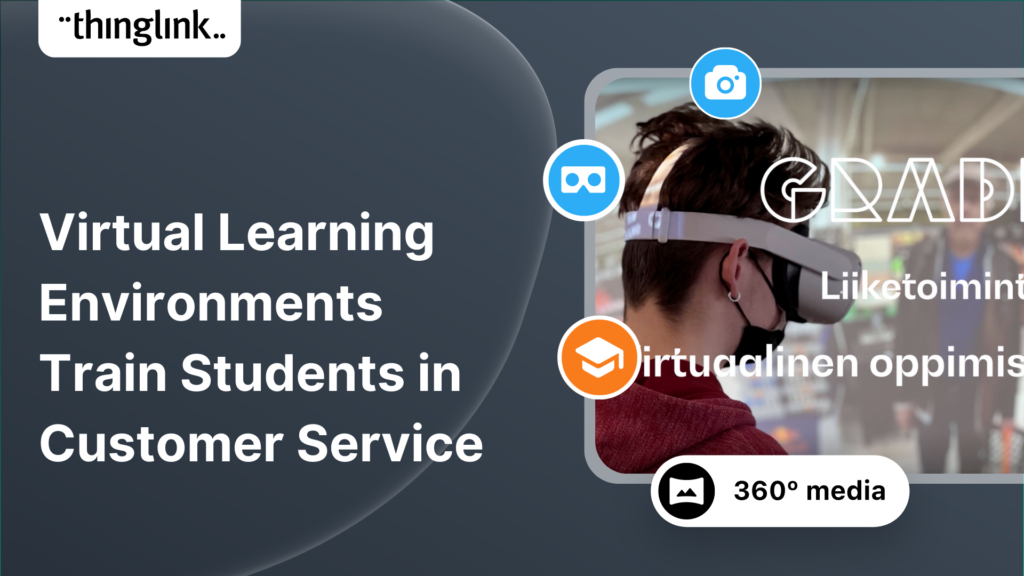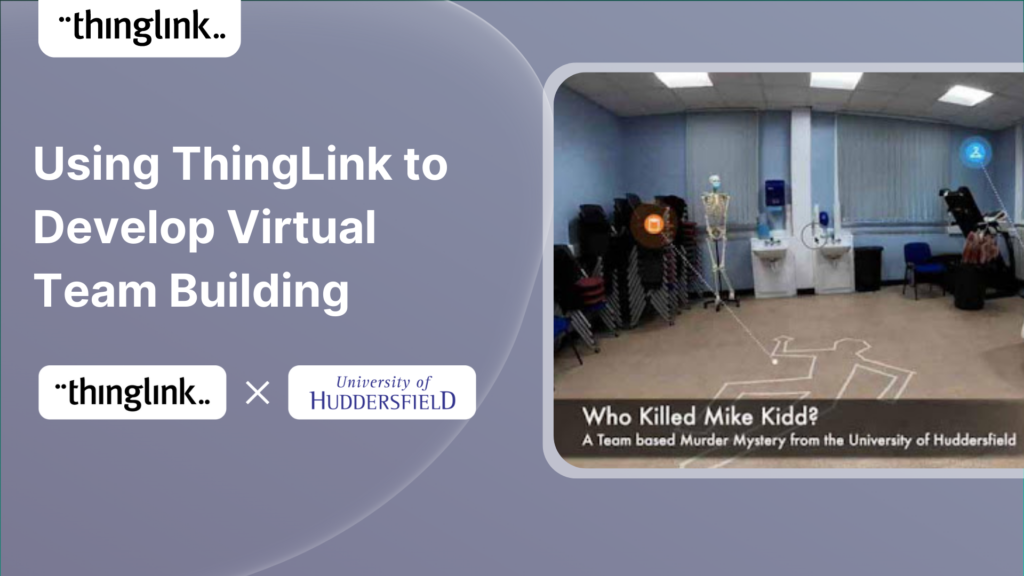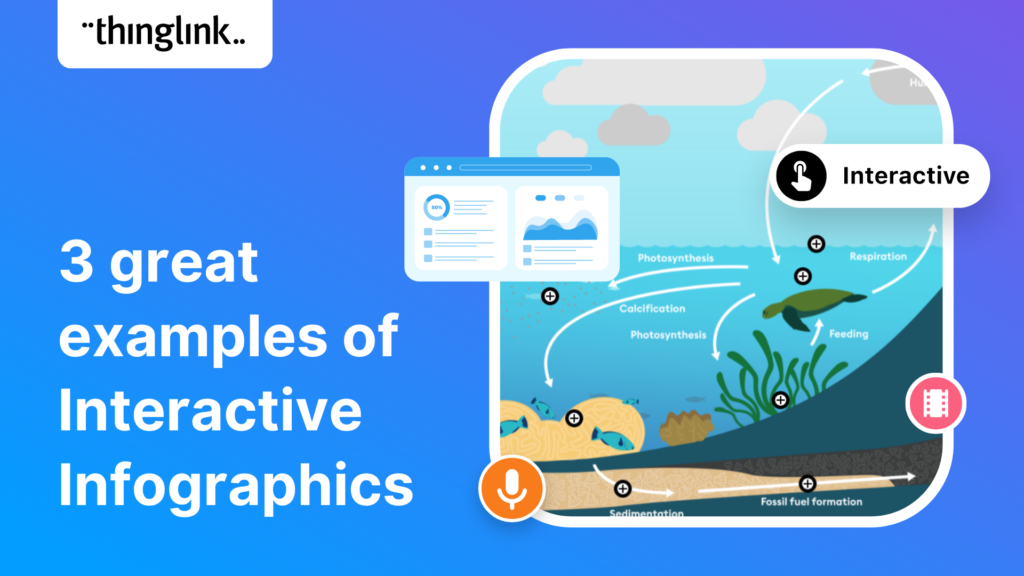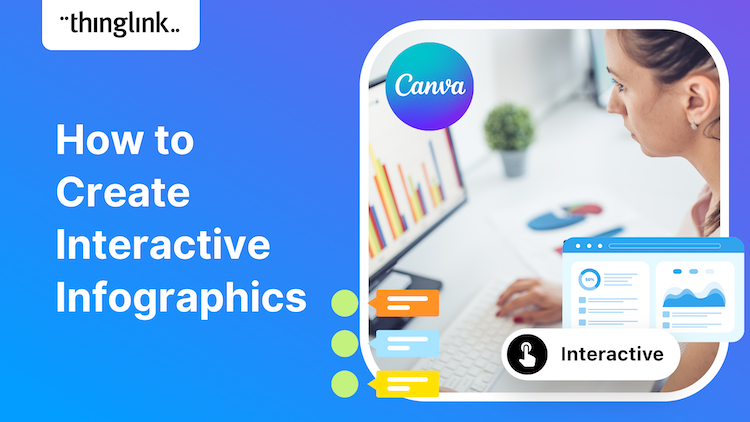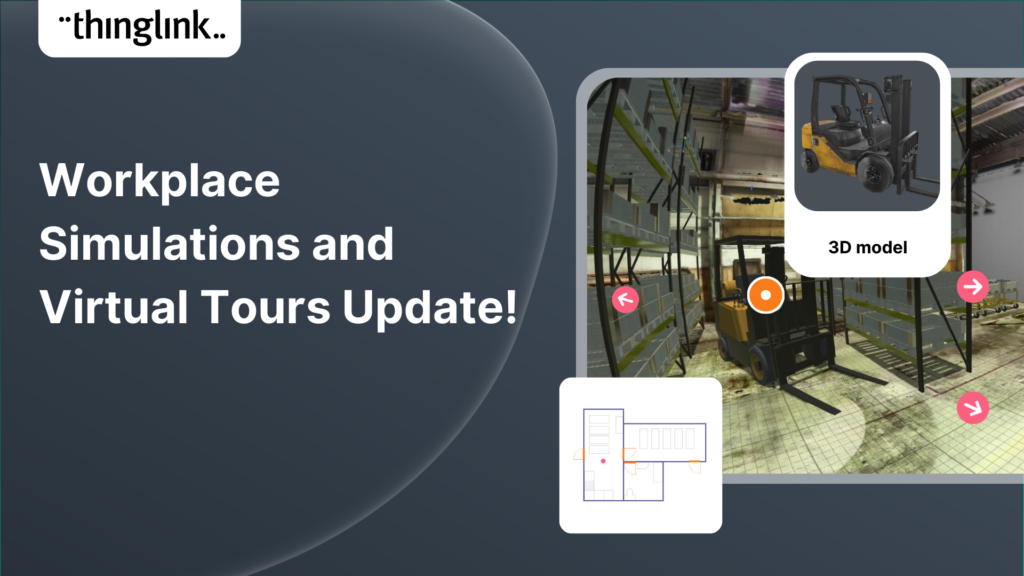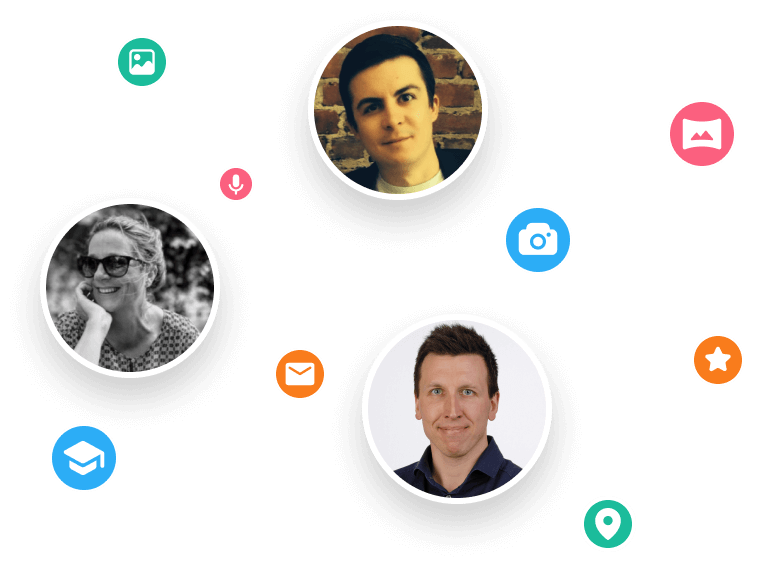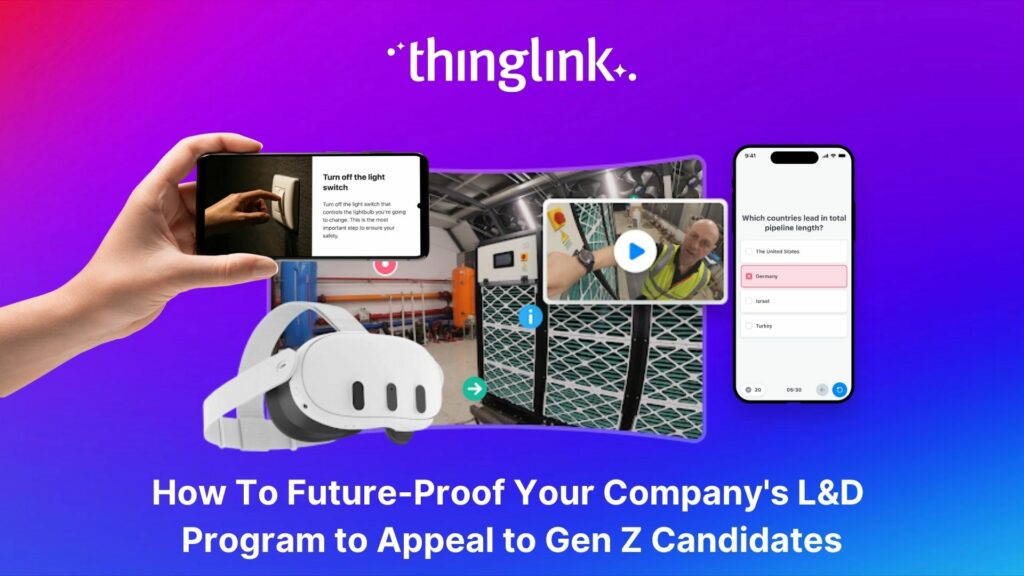
How To Future-Proof Your Company’s L&D Program to Appeal to Gen Z Candidates
The global workforce is constantly evolving, which means that the strategies that companies use to attract and retain top talent have to evolve to keep pace. As increasing numbers of Gen Z employees leave education and start work, we’re starting to see a fundamental reshaping of the learning and development (L&D) landscape. To stay competitive in this shifting job market, companies must look to future-proof their L&D programs – with a strong focus on upskilling, reskilling, and continuous learning, using new and different methods and approaches to those which have become standard for previous generations.
Here’s how organizations can optimize their development programs to appeal to Gen Z and support employee experiences that encourage engagement, retention, and success.
Book a free consultation
Learn more about how your company can save resources and effectively support employees with scalable XR and impactful training. Schedule a free call with our Enterprise Executive today.
What and Who Do We Mean by Gen Z?
Generation Z, commonly referred to as Gen Z, refers to the group born roughly between 1997 and 2012. As the first true digital natives, this is a generation that grew up in a world shaped by smartphones, social media, and rapid technological advancements. They are entering and moving up the workforce with a unique set of expectations around work-life balance, career development, and the use of digital tools for communication and learning. Unlike the millennials who came before them, who merely experienced the transition to the digital age, Gen Z has never known a world without instant access to information. This experience continues to influence their values around adaptability, inclusivity, and continuous, easy-to-access learning.
Why Are Gen Z Employees Becoming so Important Now?
In 2018, Millennials became the largest group within the global workforce. In 2024, the proportion of Gen Z overtook Boomers in the full-time workforce for the first time, and is predicted to overtake Millennials by the 2040s. This generation’s expectations will therefore become increasingly relevant, indeed crucial, to any organization as we move towards the 2030s.
How Organizations Can Adapt L&D Programs for Gen Z
1. Embrace digital learning platforms and microlearning
Gen Z grew up with smartphones, social media, and instant access to information. Arguably, traditional training manuals and lengthy lectures are almost unknown to them. To stay relevant, companies must leverage learning platforms that offer microlearning modules: bite-sized chunks of content that are designed to be accessible on-demand and tailored to busy, remote-friendly lifestyles.
Insight: This approach will not only improve the learner’s user experience, but also helps them bridge skills gaps in real-time, making training more engaging, and measurable.
2. Prioritize skills-based and personalized learning
According to McKinsey, future-ready organizations are shifting from a role-based to a skills-based talent development approach. By offering personalized learning paths based on abilities and career goals, the most forward-thinking companies are creating development opportunities that resonate with Gen Z values, such as autonomy, adaptability, and flexible, non-linear career growth.
Insight: Well-structured L&D initiatives should target both hard and soft skills: from problem-solving and decision-making to technical proficiency in new technologies.
3. Build a culture of continuous learning and career development
Gen Z candidates are more likely to stay with a company that invests in their professional development. So to help improve retention of this generation of employees, organizations must establish a holistic learning culture that supports lifelong learning and internal progression. This means integrating learning into the regular flow of work, not treating it as a one-off activity during onboarding or annual reviews.
Insight: Mentorship, coaching, and personalized career paths can help current employees and newcomers alike see how their development could lead to growth and opportunity.
4. Integrate learning with talent acquisition and employer branding
Your L&D programs shouldn’t operate in isolation. Tying them directly to your talent acquisition and hiring process is the ideal opportunity to showcase your commitment to employee development. Highlight development programs, learning opportunities, and career development support across your employer brand, especially on platforms like LinkedIn and Glassdoor.
Insight: Organizations that promote a forward-thinking, growth-oriented work environment at all touchpoints and across all channels are more likely to attract the next generation of leaders.
Case Study: Mitsubishi Electric
In the case study below, Mitsubishi Electric used ThingLink to transform traditional in-person learning to a blended approach using VR.
“The MEUK training team believes that the ThingLink VR solution is helping to gamify engineering and their training courses, helping the company and the HVAC industry overall broaden their appeal to engineers of the future, as well as existing and potential customers and partners. This, in turn, helps with the company’s recruitment and marketing efforts as they can clearly demonstrate their position at the leading edge of both industry innovations and learning and development approaches.”

5. Design for flexibility and work-life balance
Remote work, work-life balance, and well-being are non-negotiables for Gen Z. Your training programs must reflect this by offering asynchronous learning, ideally mobile-optimized design (or as an absolute benchmark, mobile-ready), and flexibility around completion timelines.
Insight: Learning shouldn’t feel like an added burden for your Gen Z employees – it should be an enabler of success and adaptability. Consider employee metrics like learner engagement, completion rates, and feedback to continuously optimize your program.
6. Address technological advances and job sustainability
Automation, AI, and technological advances are reshaping industries. Deloitte’s recent Gen Z and Millennials Survey showed that on the whole, Gen Z is positive about the use of AI and automation in the workplace – the majority agreeing that it frees up their time and improves work/life balance, and improves the way they work. However, it’s also clear that to Gen Z, AI is a double-edged sword, because to almost exactly the same degree, they predict that it will cause the elimination of jobs, prompting them to look for jobs that are automation-proof.
Insight: L&D teams should integrate sustainability-focused training approaches by preparing employees with new skills aligned with emerging trends. A future-oriented approach to skill development and technological change signals to Gen Z that your company isn’t just surviving change – it’s leading it.
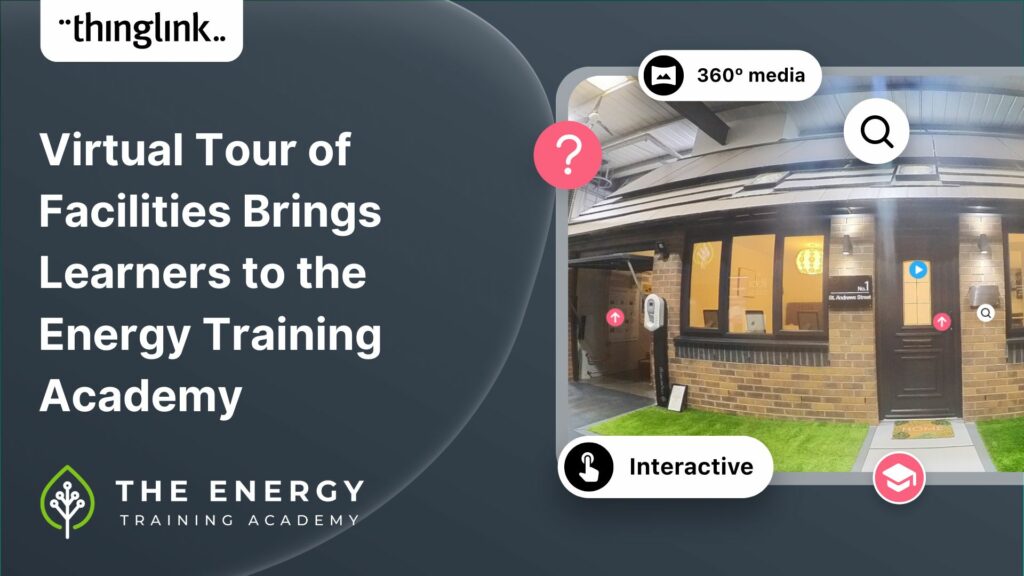
7. Align initiatives with multi-generational workforces
While the focus of this article is on Gen Z, effective L&D programs must still aim to bridge the gap between baby boomers, millennials, and Gen Z, as well as Gen Alpha, born 2010 onwards, who are ready to join the workforce within the next few years. Use modular, flexible content that caters to various learning styles and life stages, ensuring employee engagement across the board.
Insight: Development initiatives that unify generational cohorts help foster collaboration, transfer of knowledge, and stronger workplace cohesion.
Future-proofing is simply being future-ready
To appeal to Gen Z employees both potential and current, and build a resilient, high-performing workforce, organizations must rethink their approach to training, development, and learning culture. By embracing skills-based learning, modern platforms, and employee-centric strategies such as interactive, bite-sized training, companies can thrive amid change and position themselves as employers of choice for the next generations.
After all, future-proofing isn’t just about adapting to change – it’s about leading it.
Book a free consultation
Ready to empower your learners with immersive, flexible, and engaging L&D experiences? Discover how ThingLink’s interactive learning tools can help you design future-ready training for the digital generation.
Follow us on LinkedIn and join our LinkedIn Community to connect with other L&D professionals using ThingLink.
